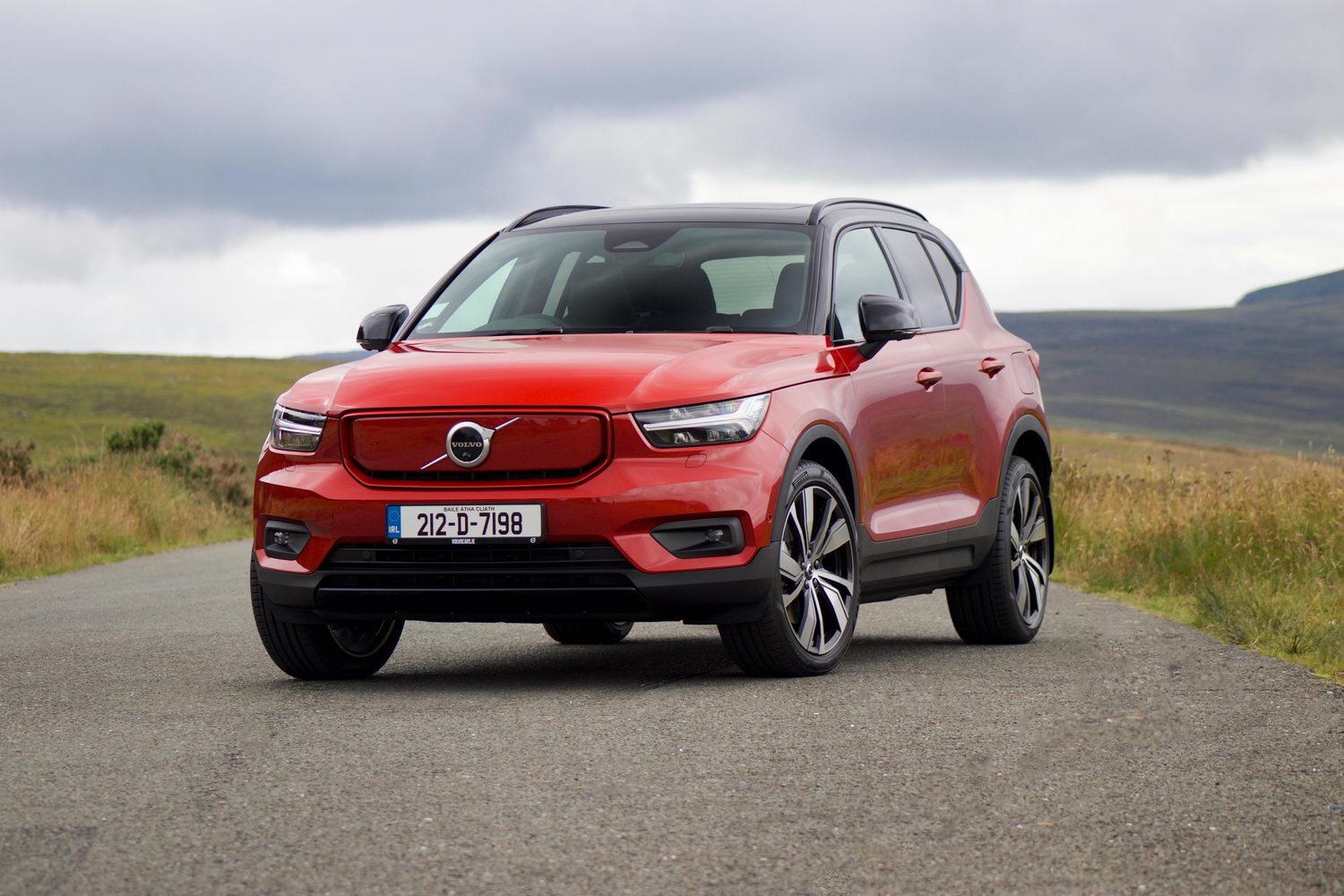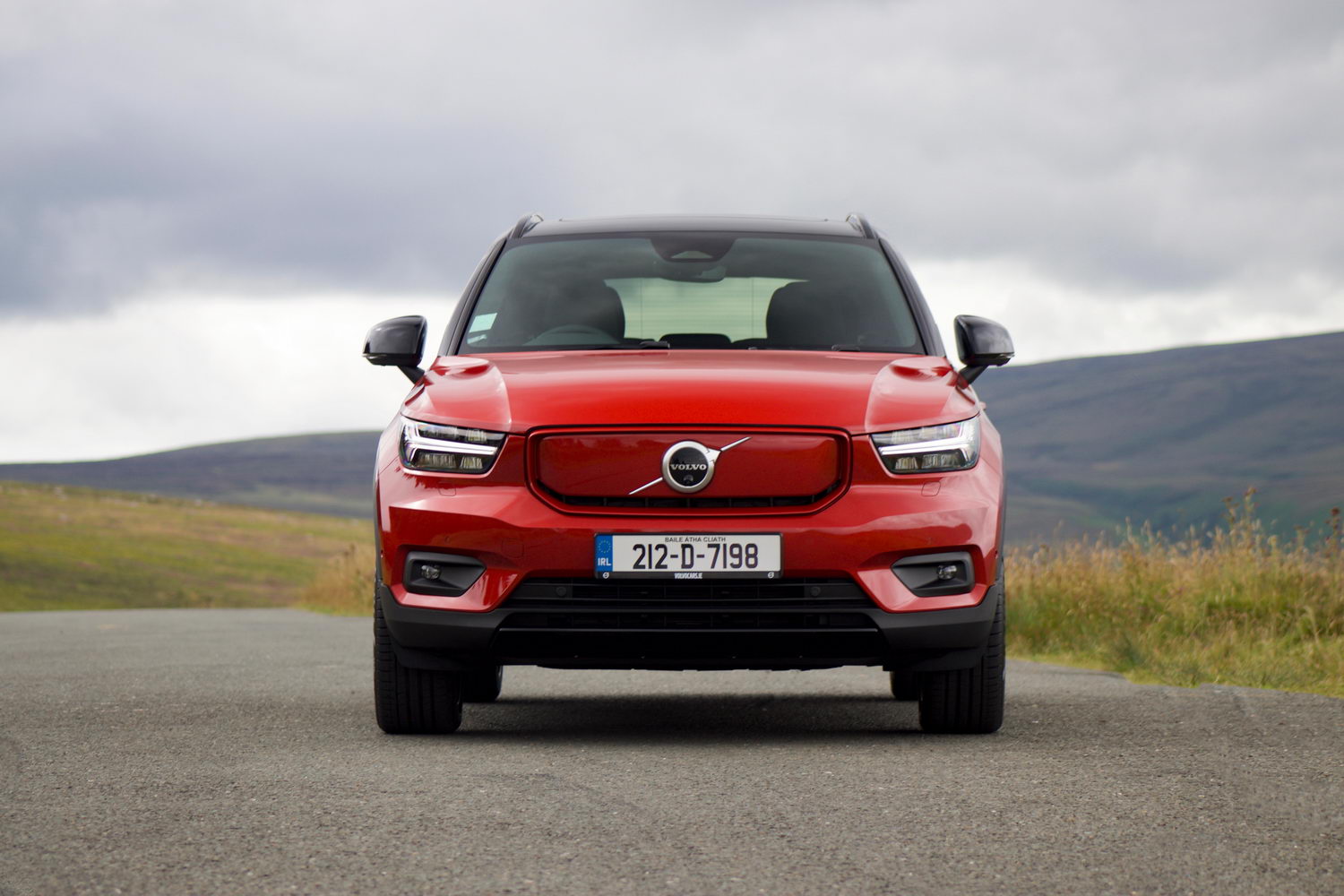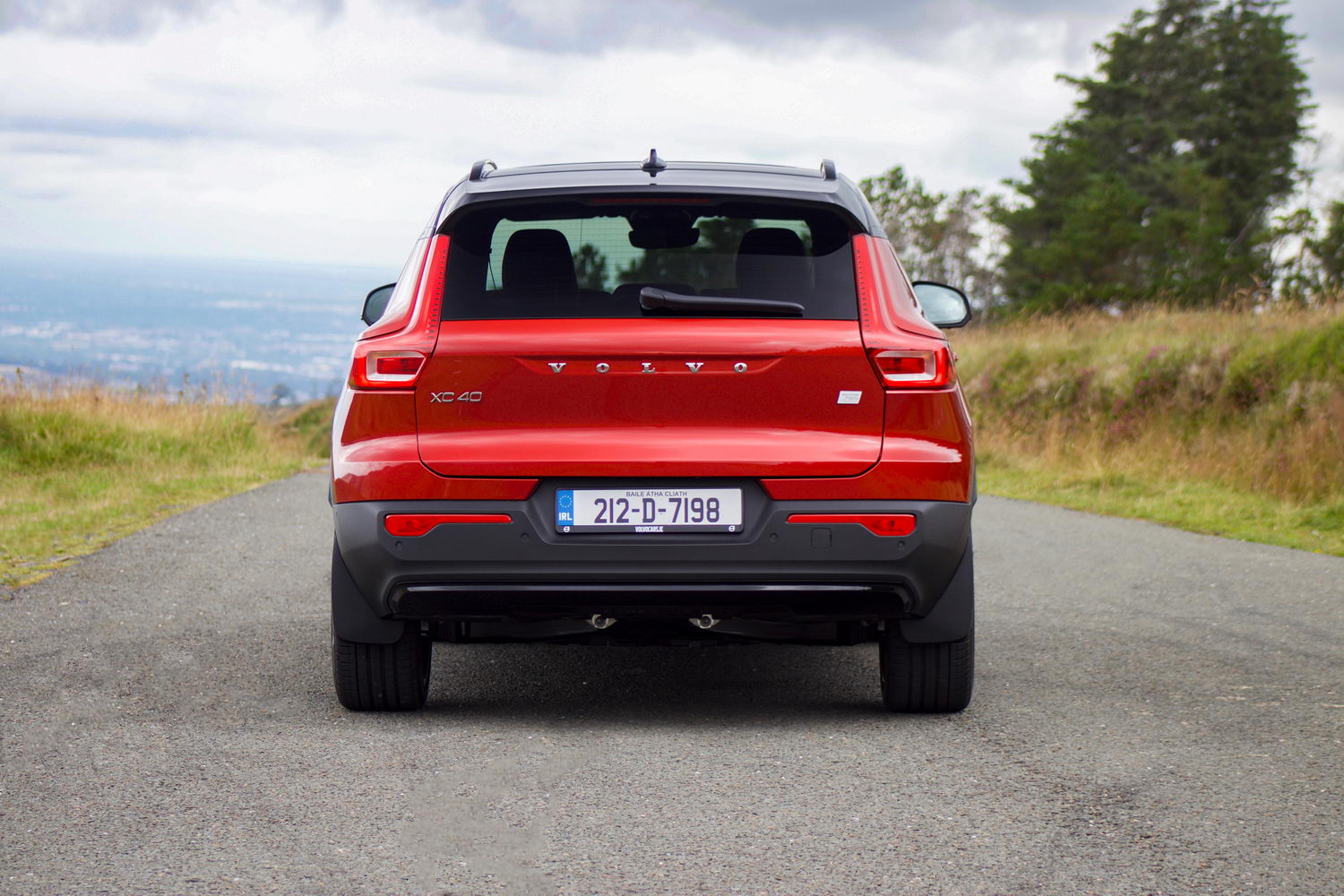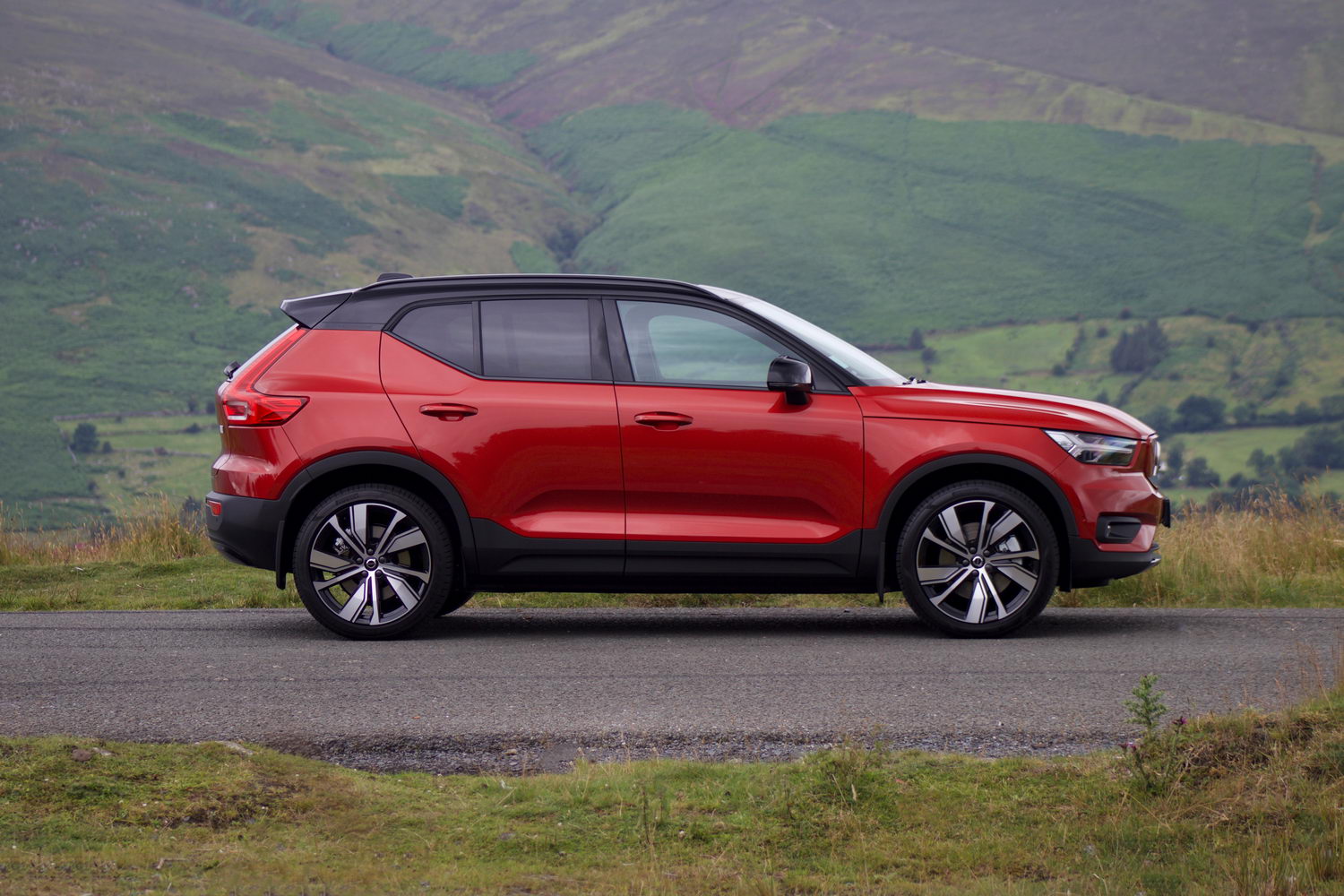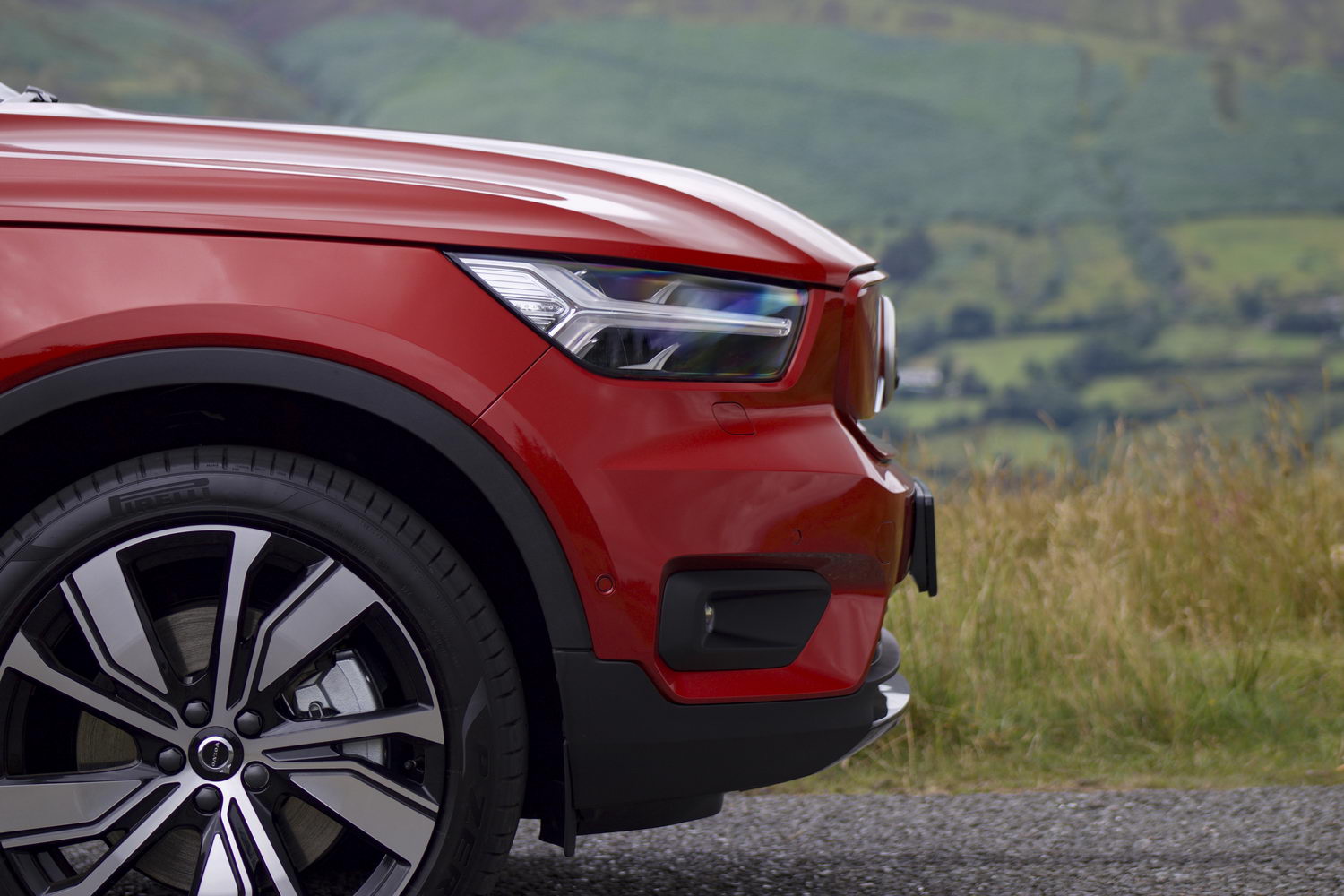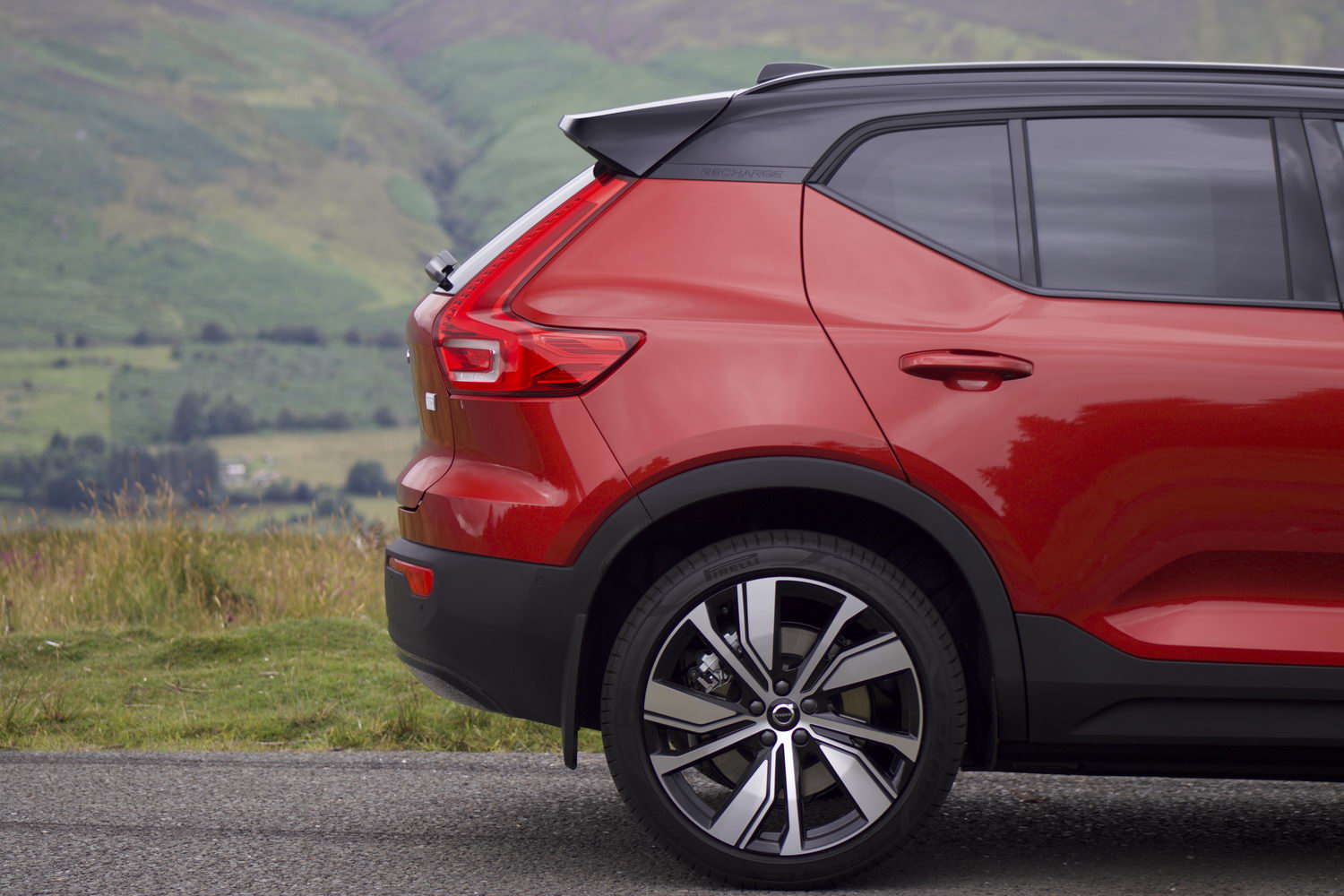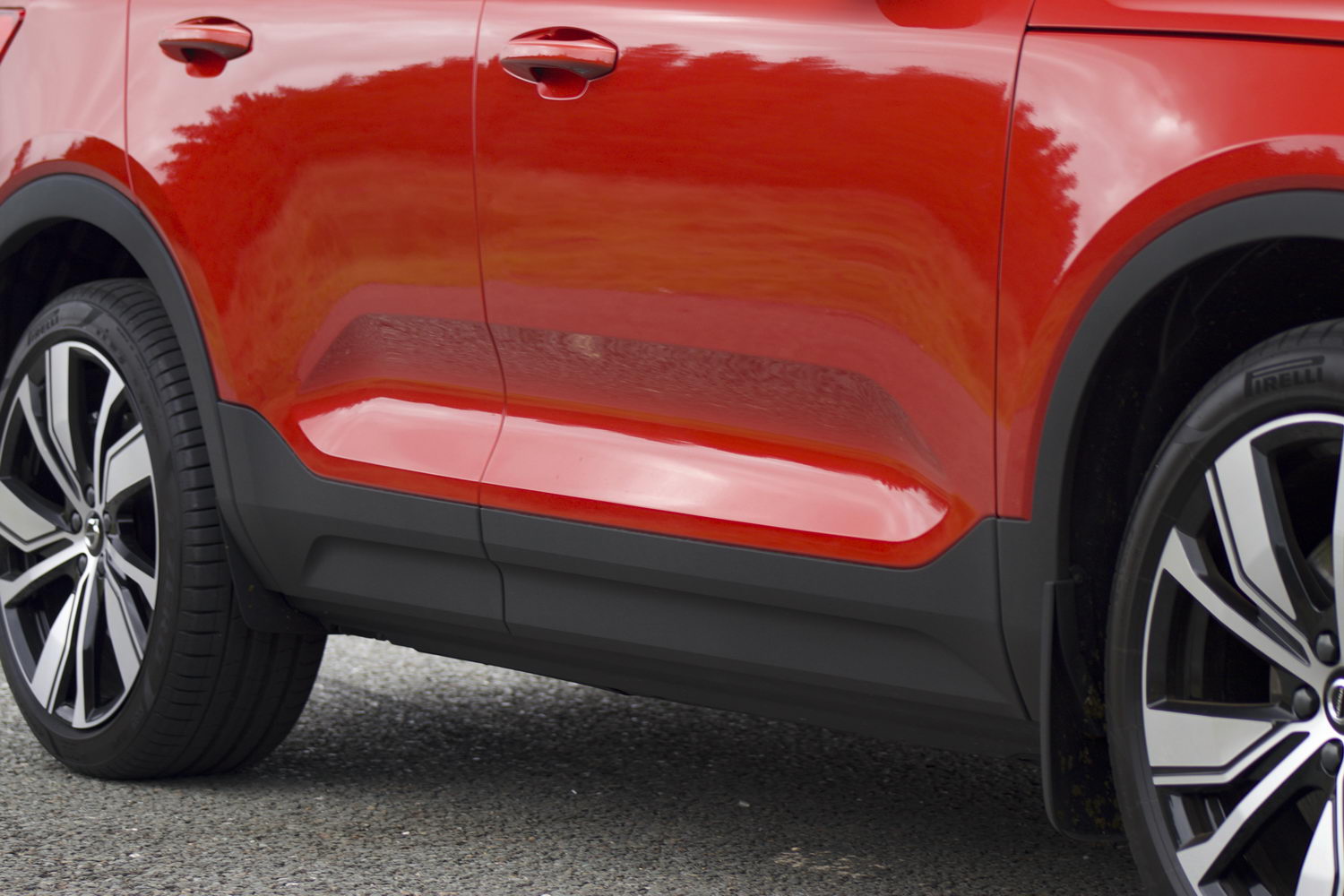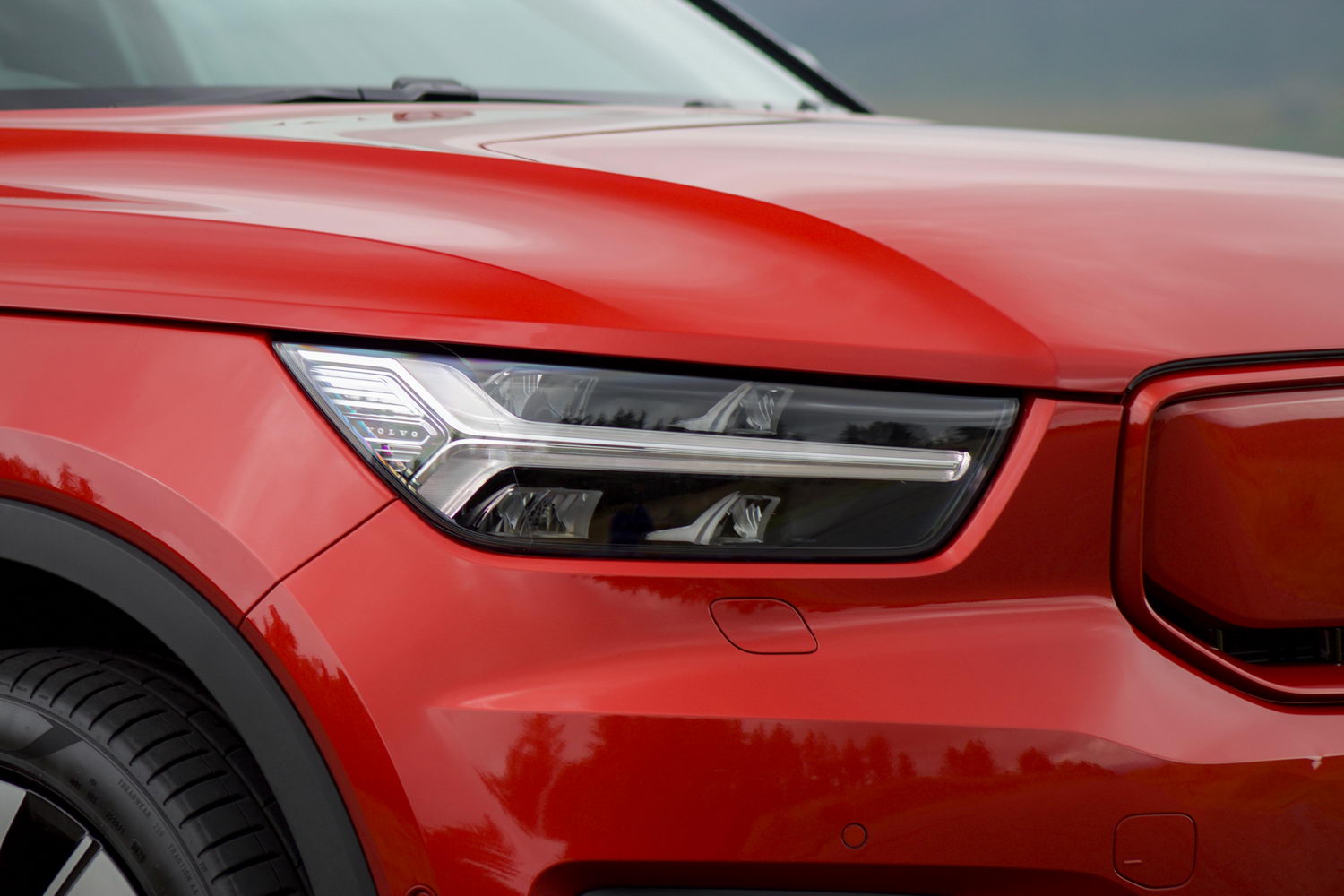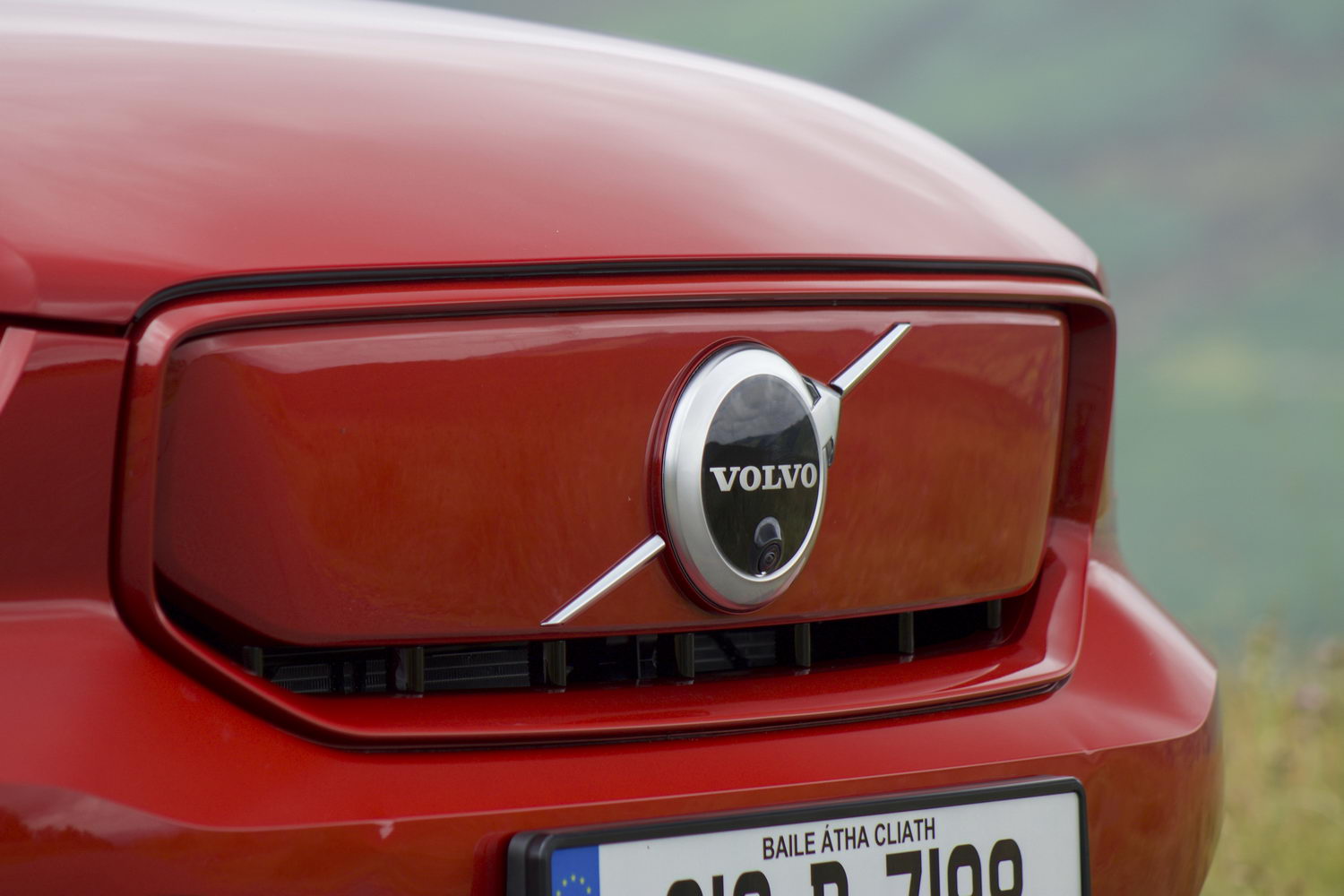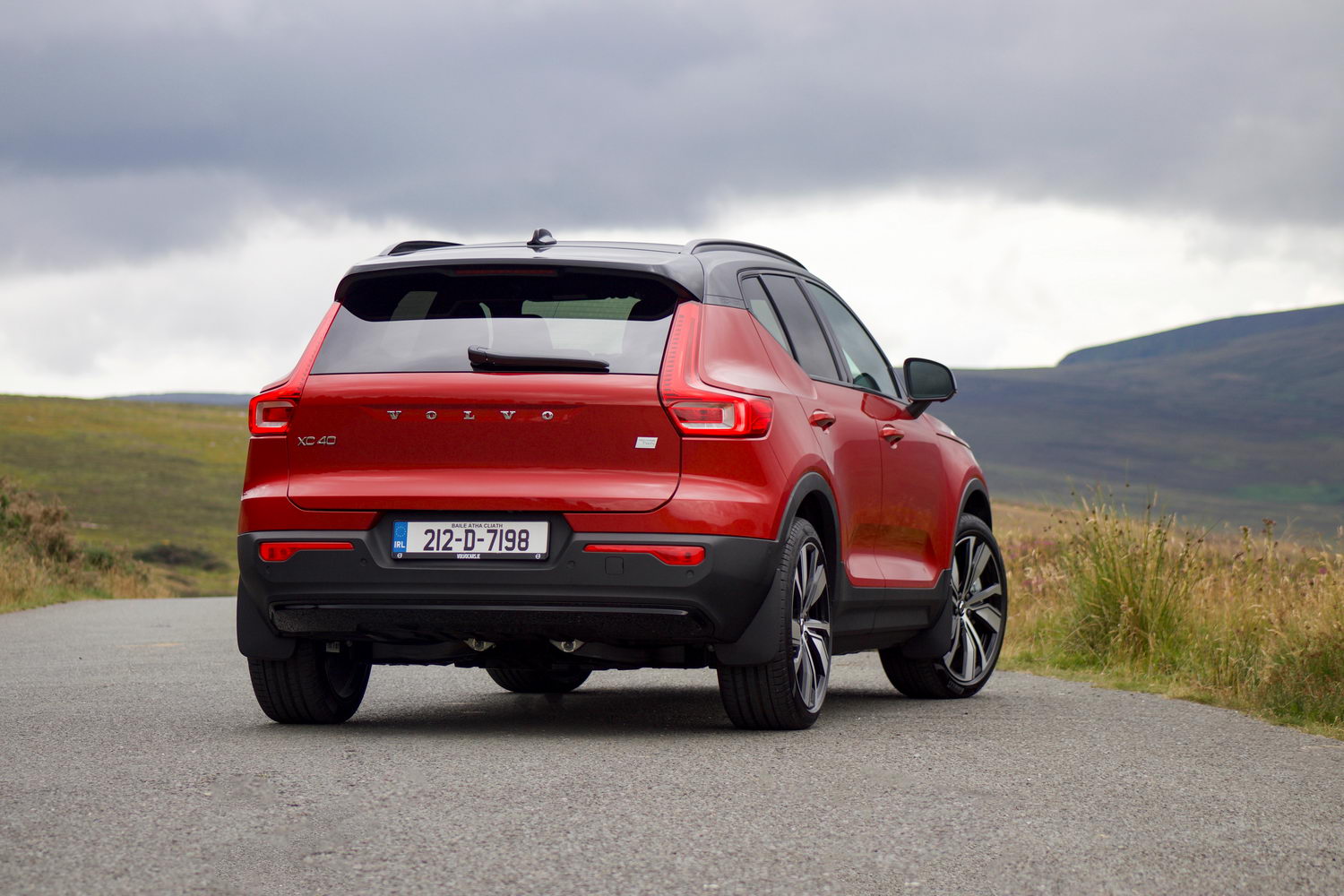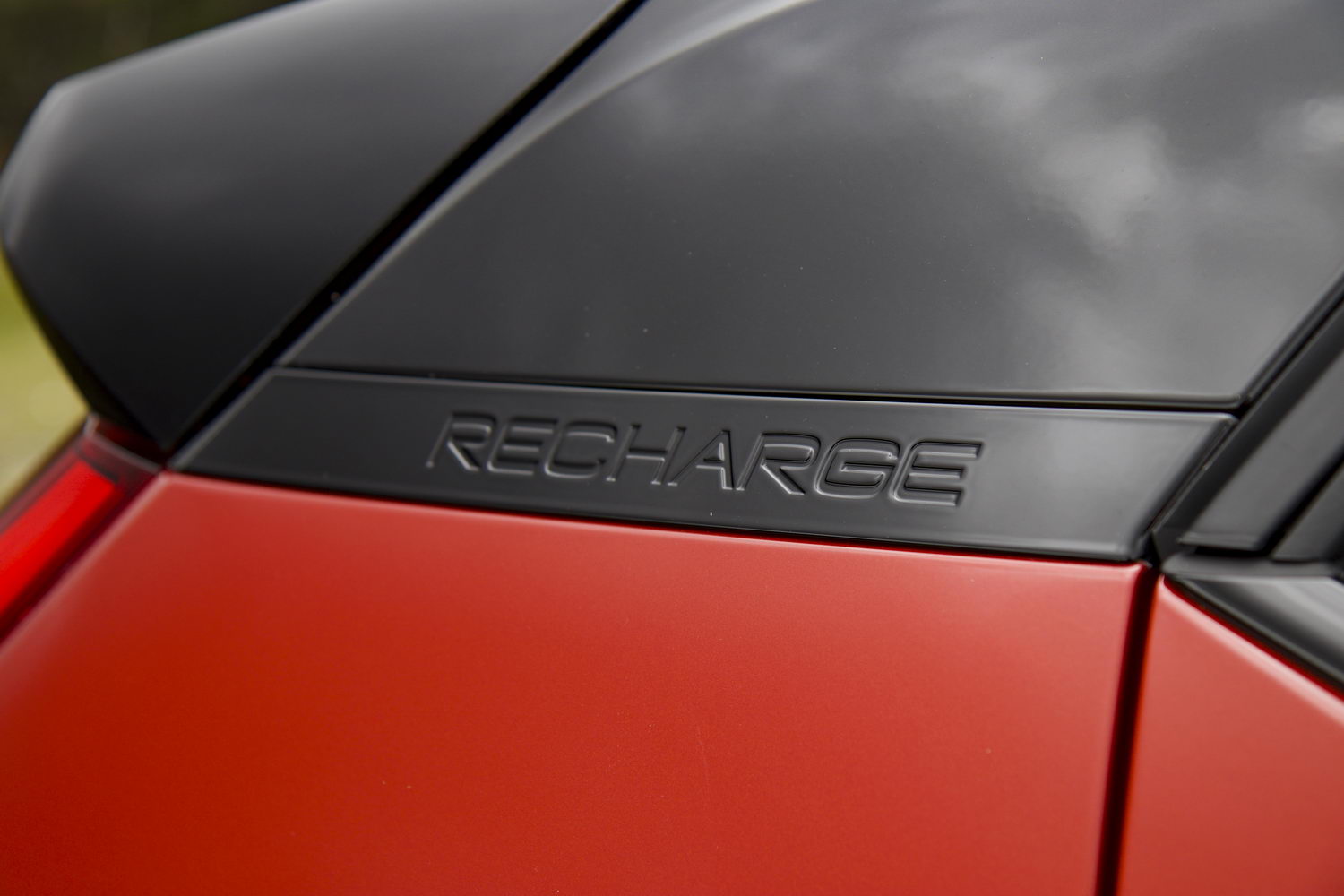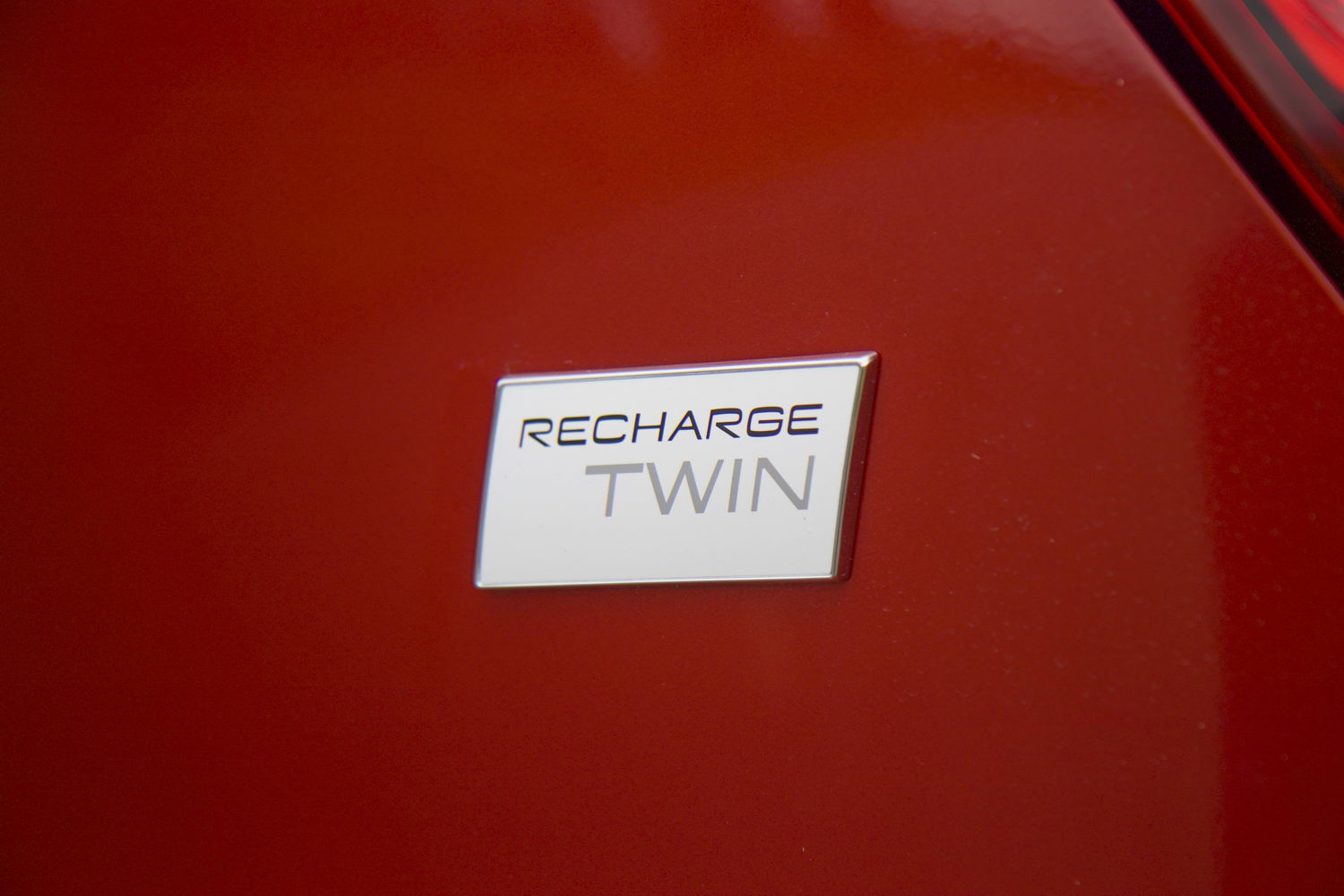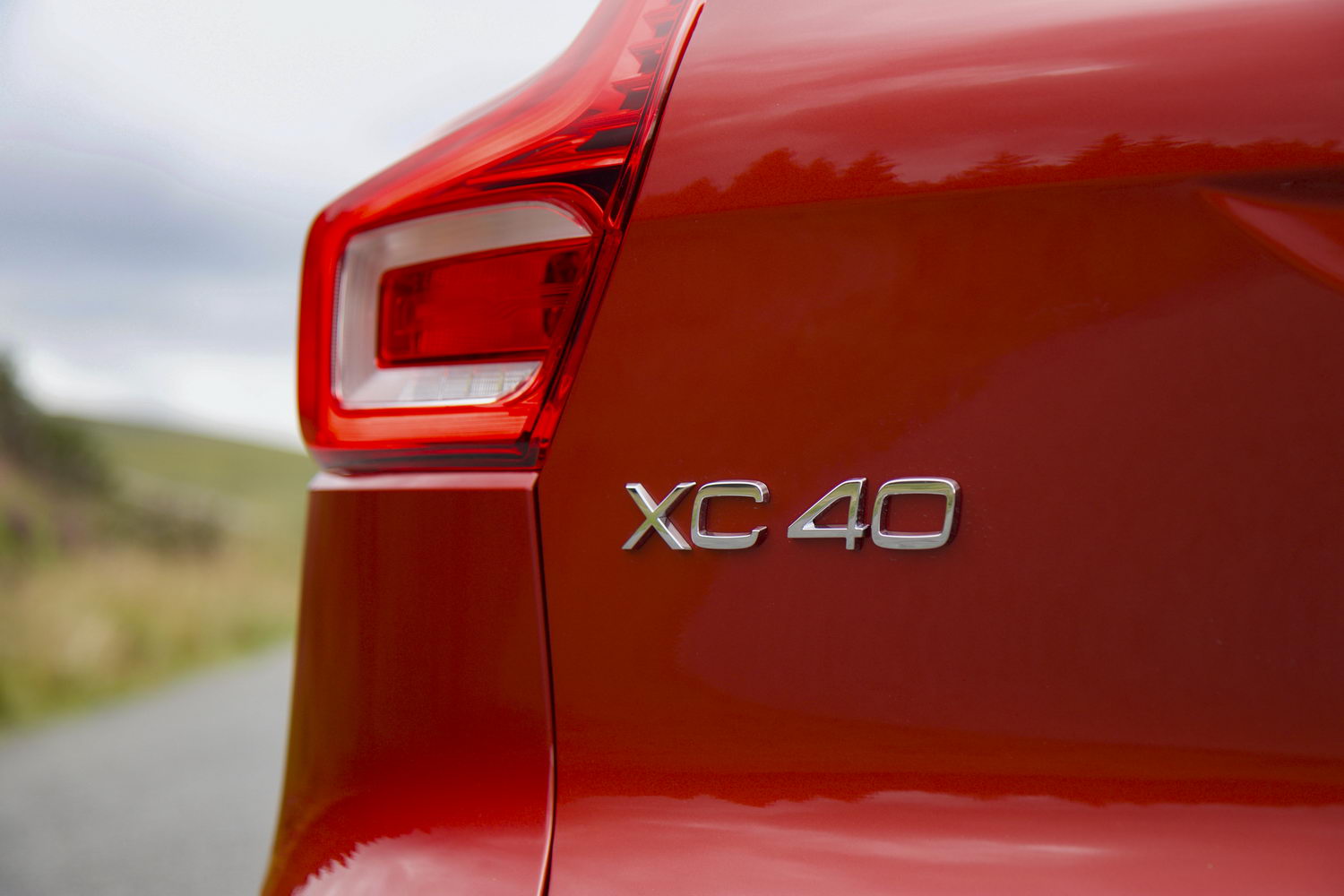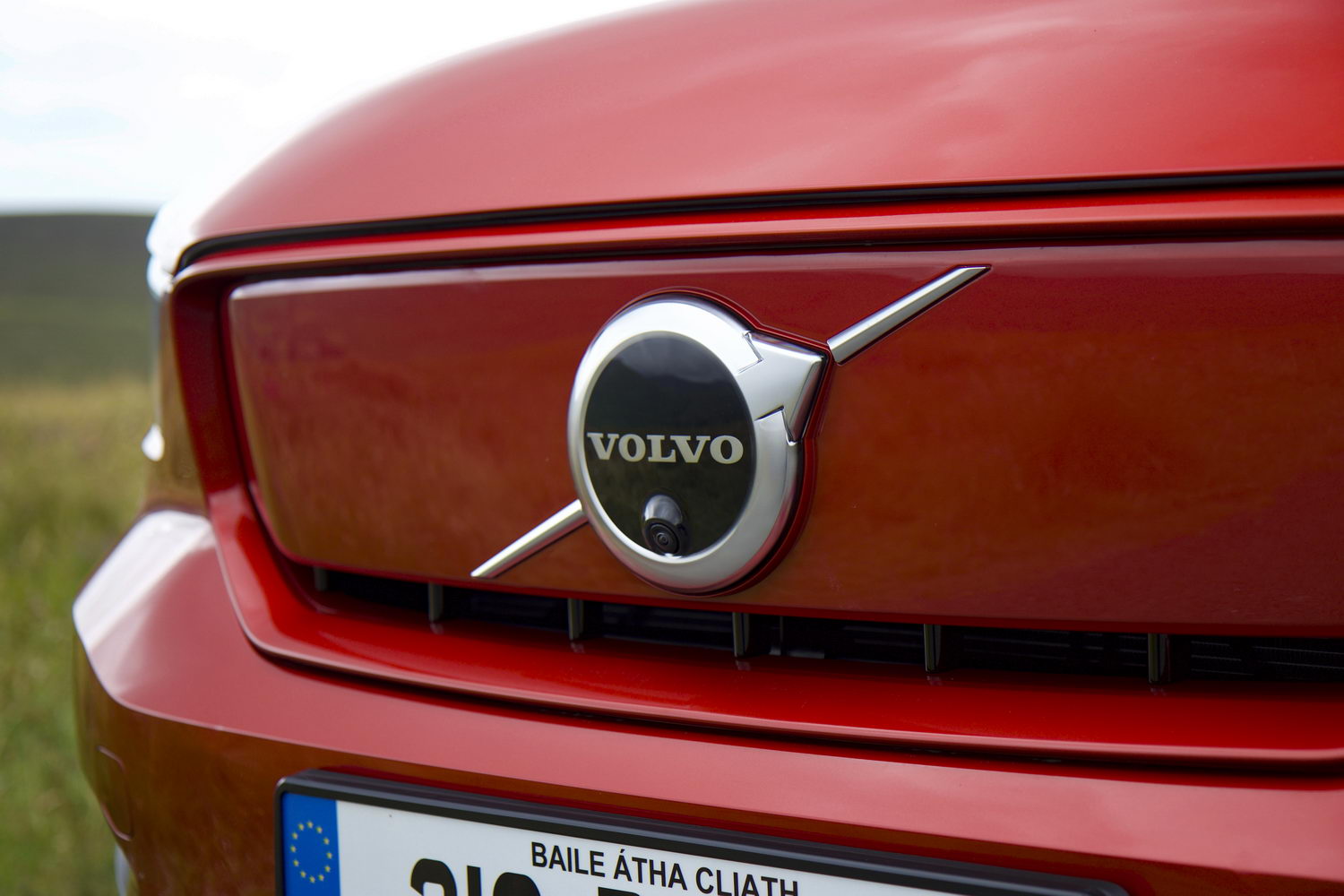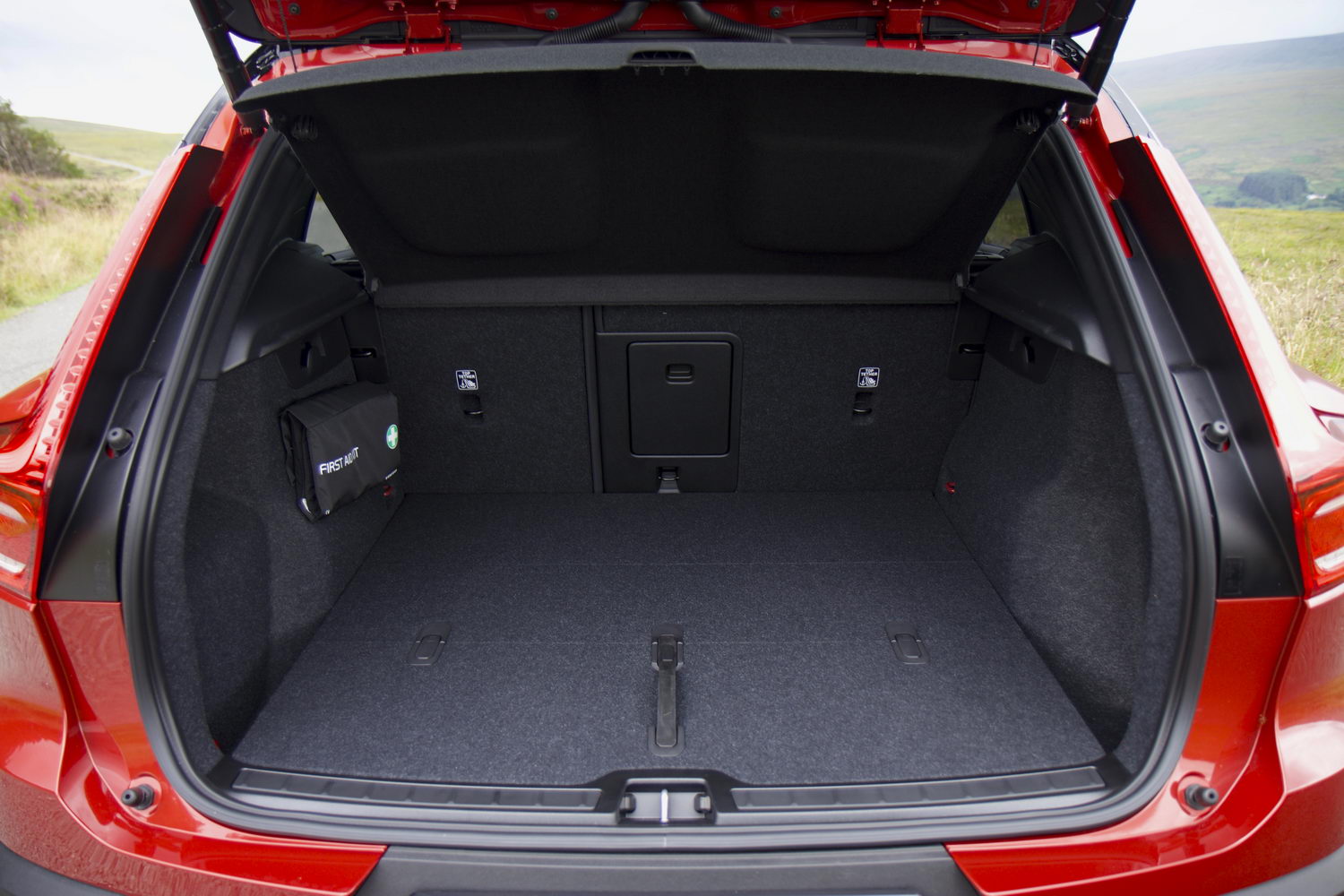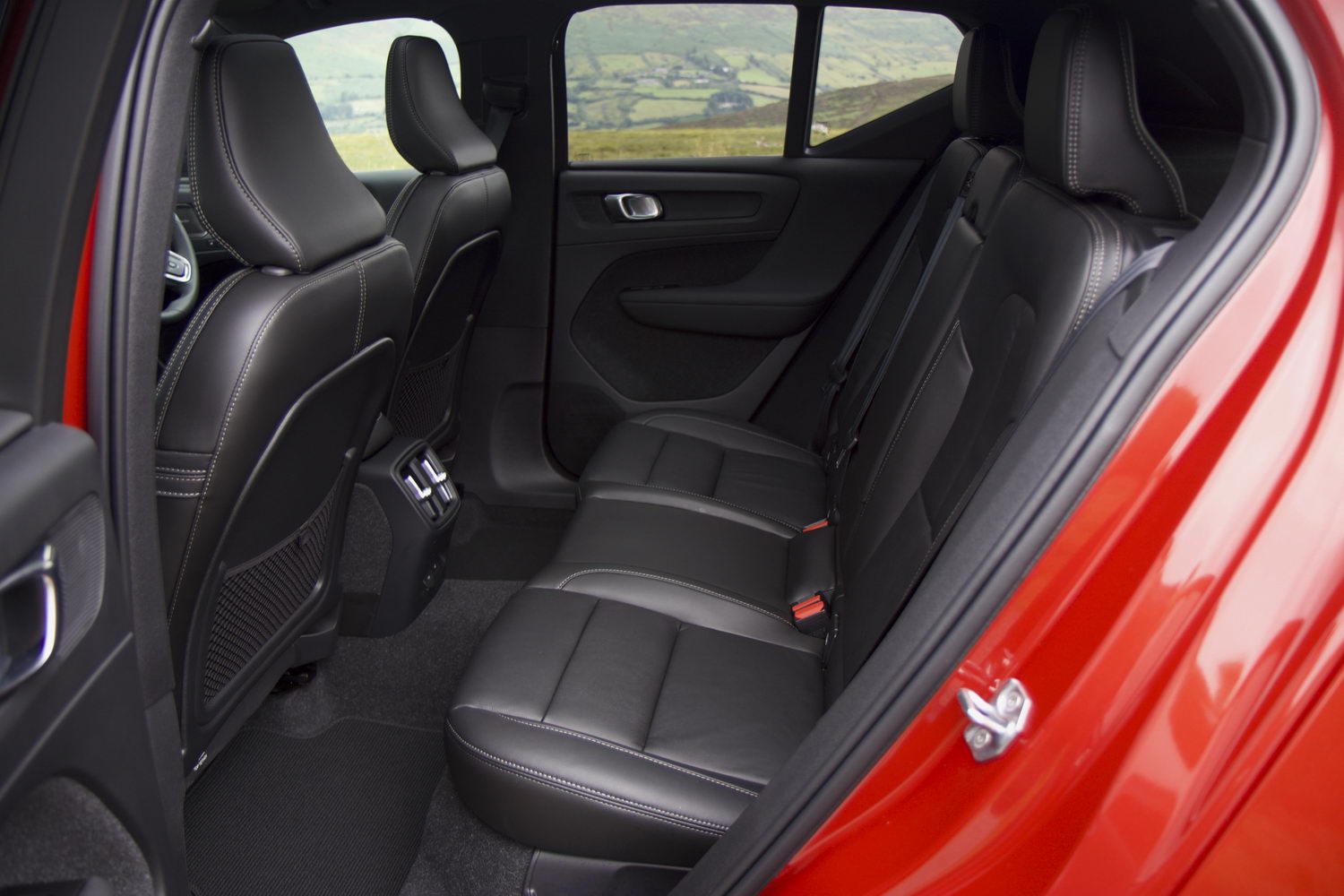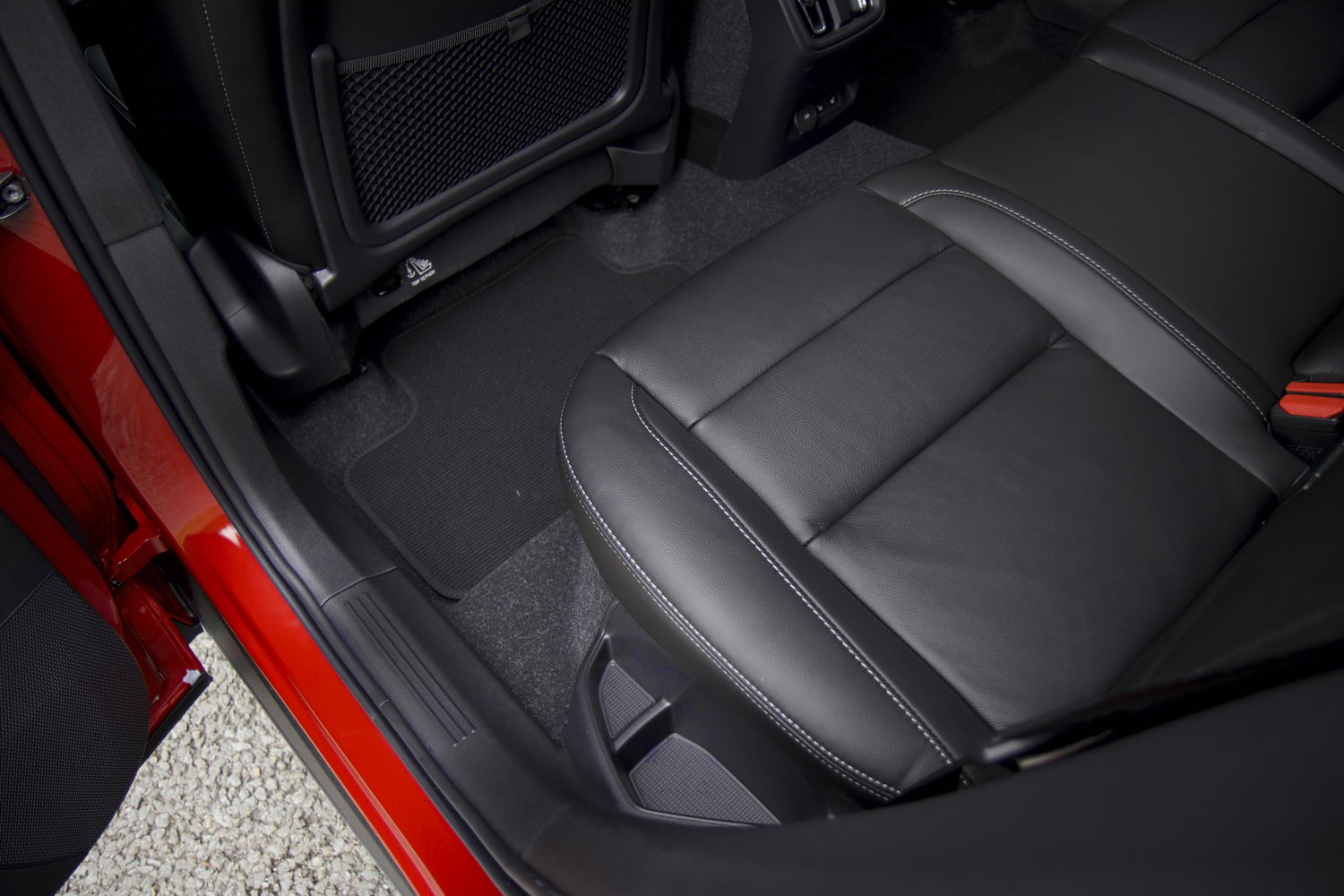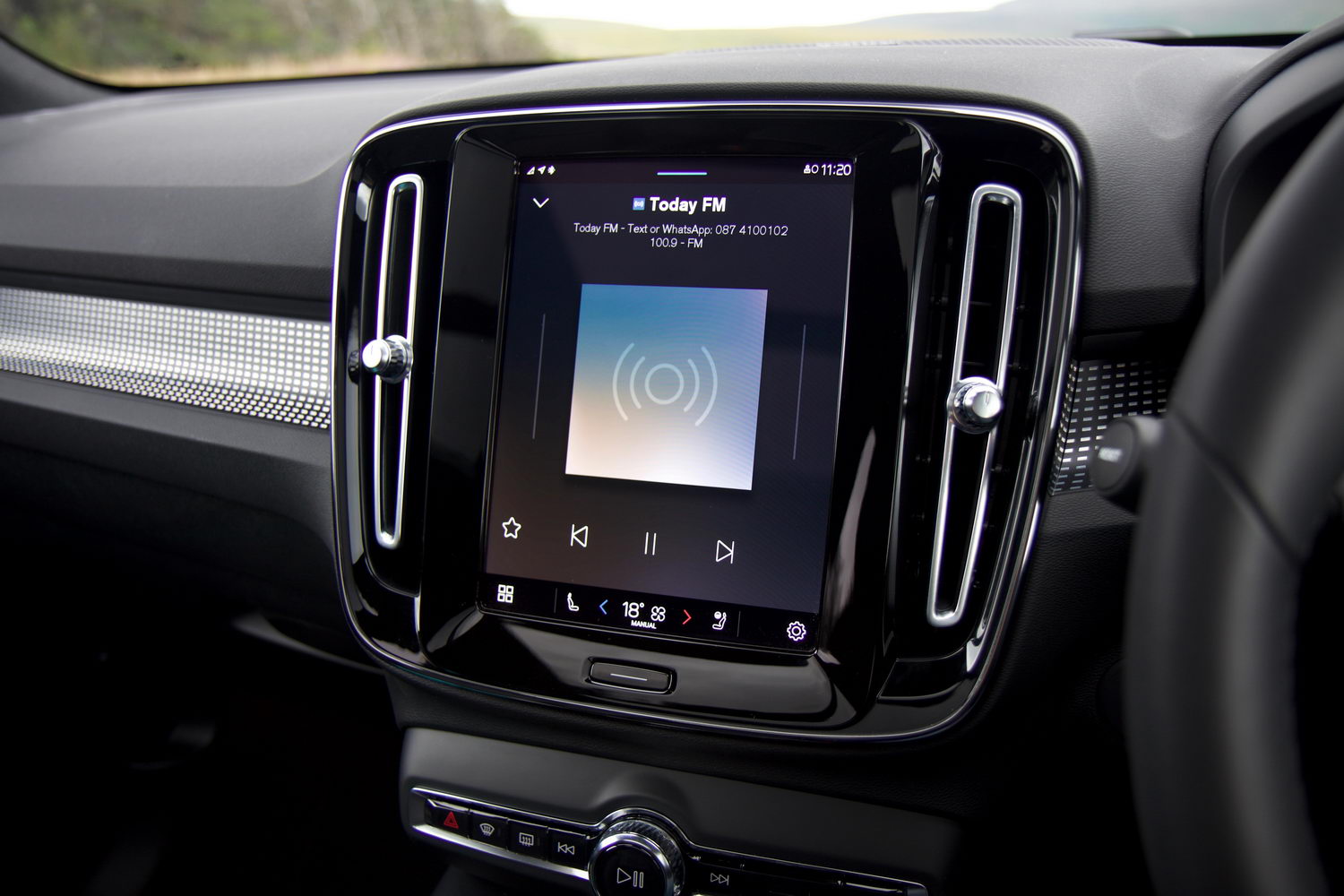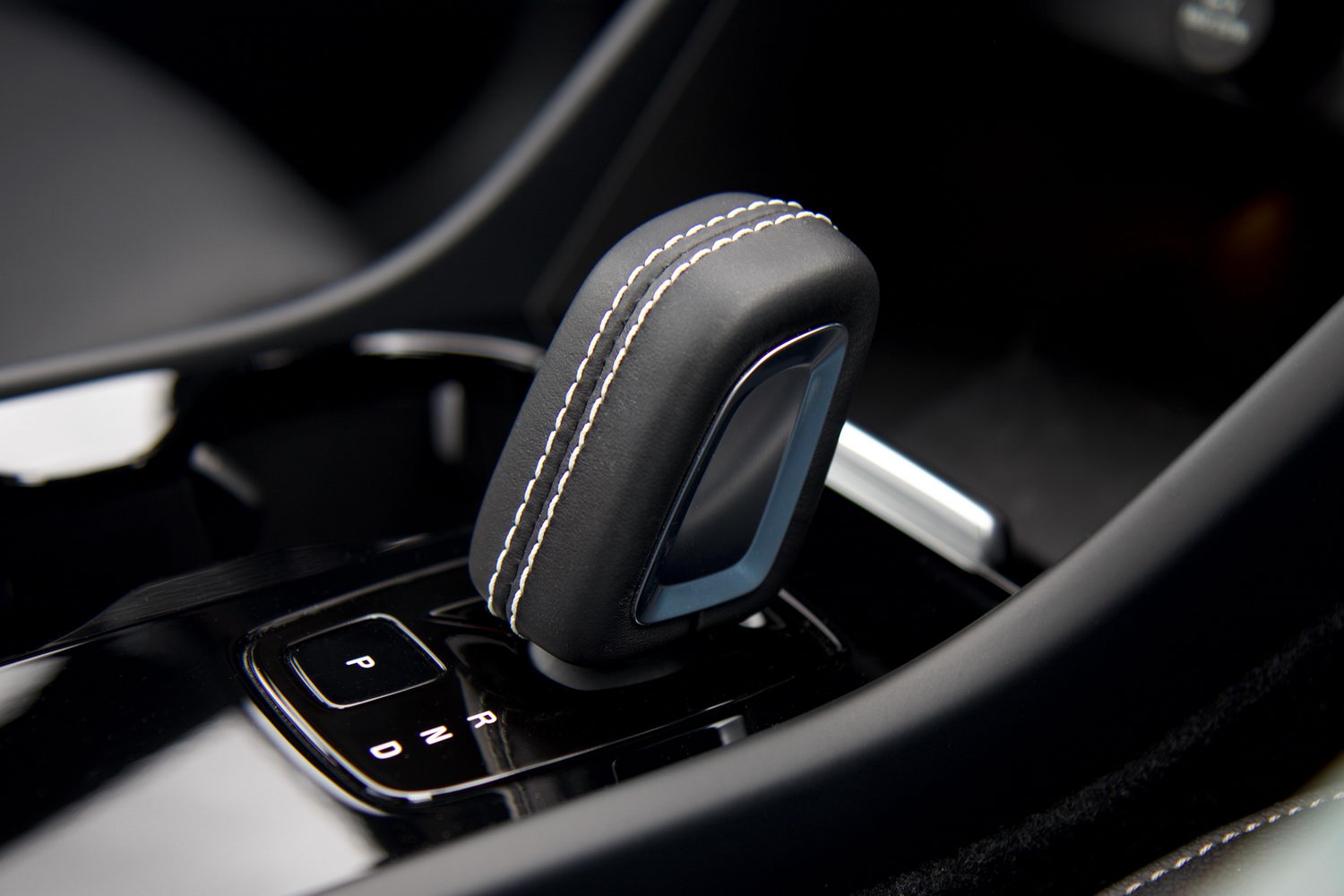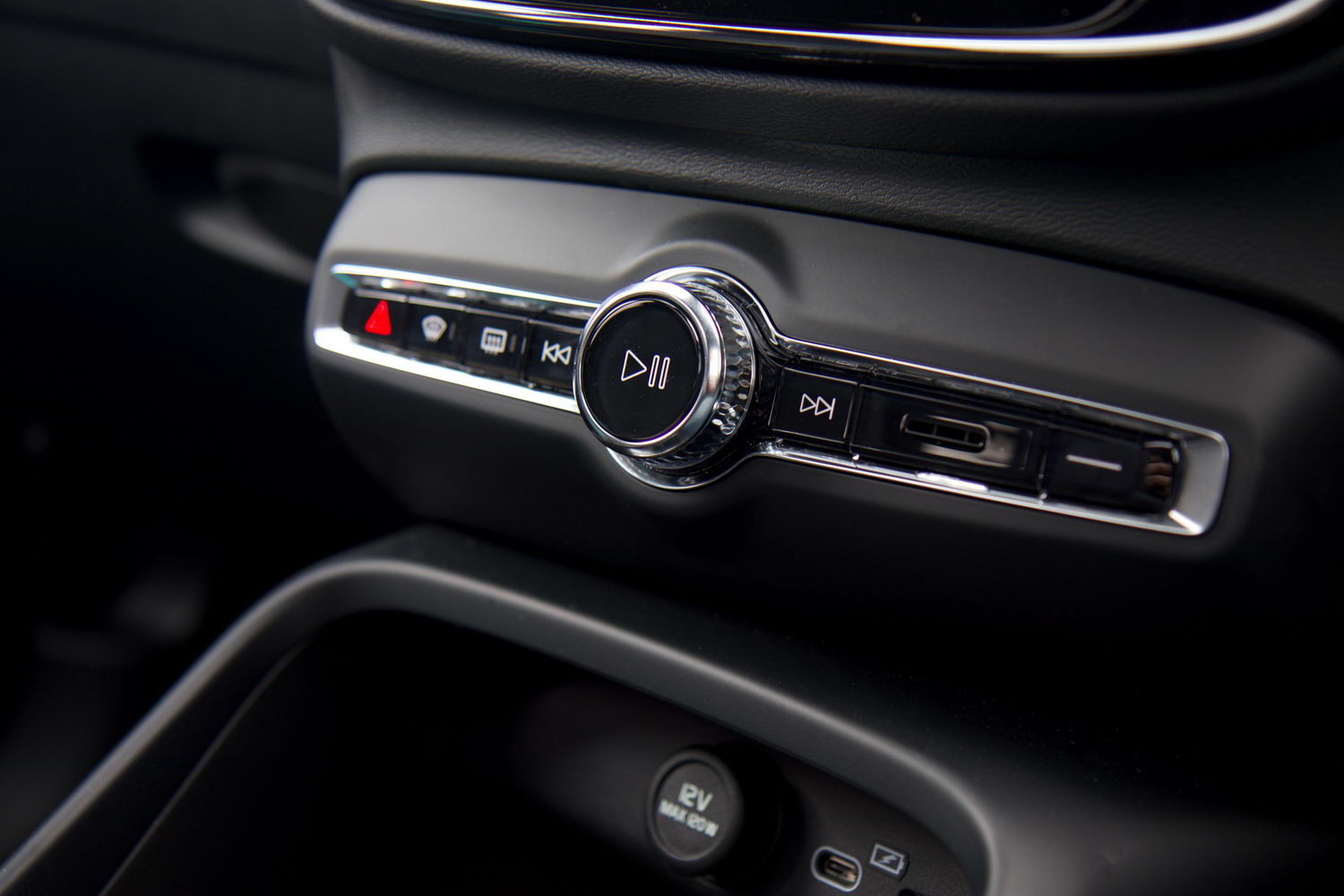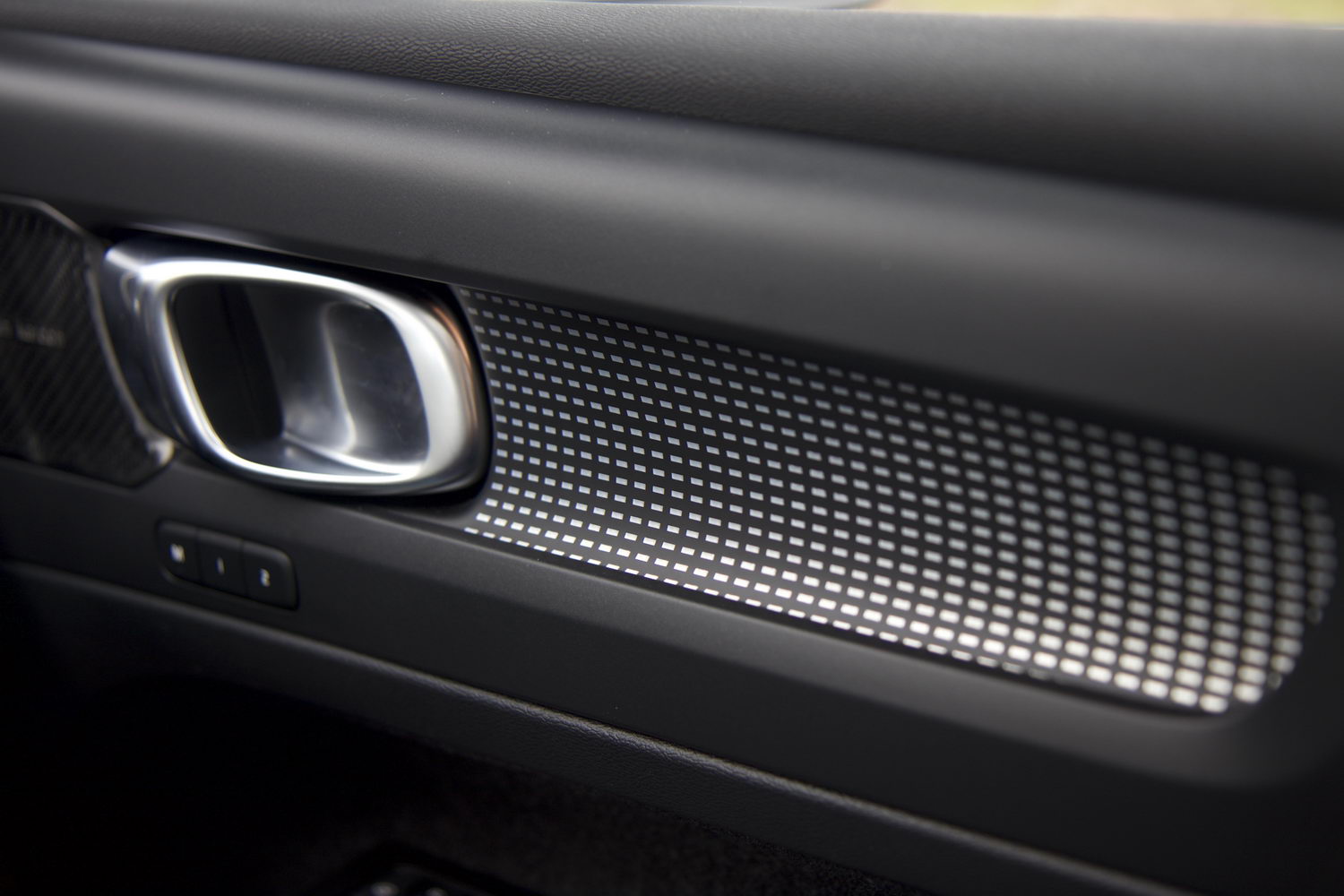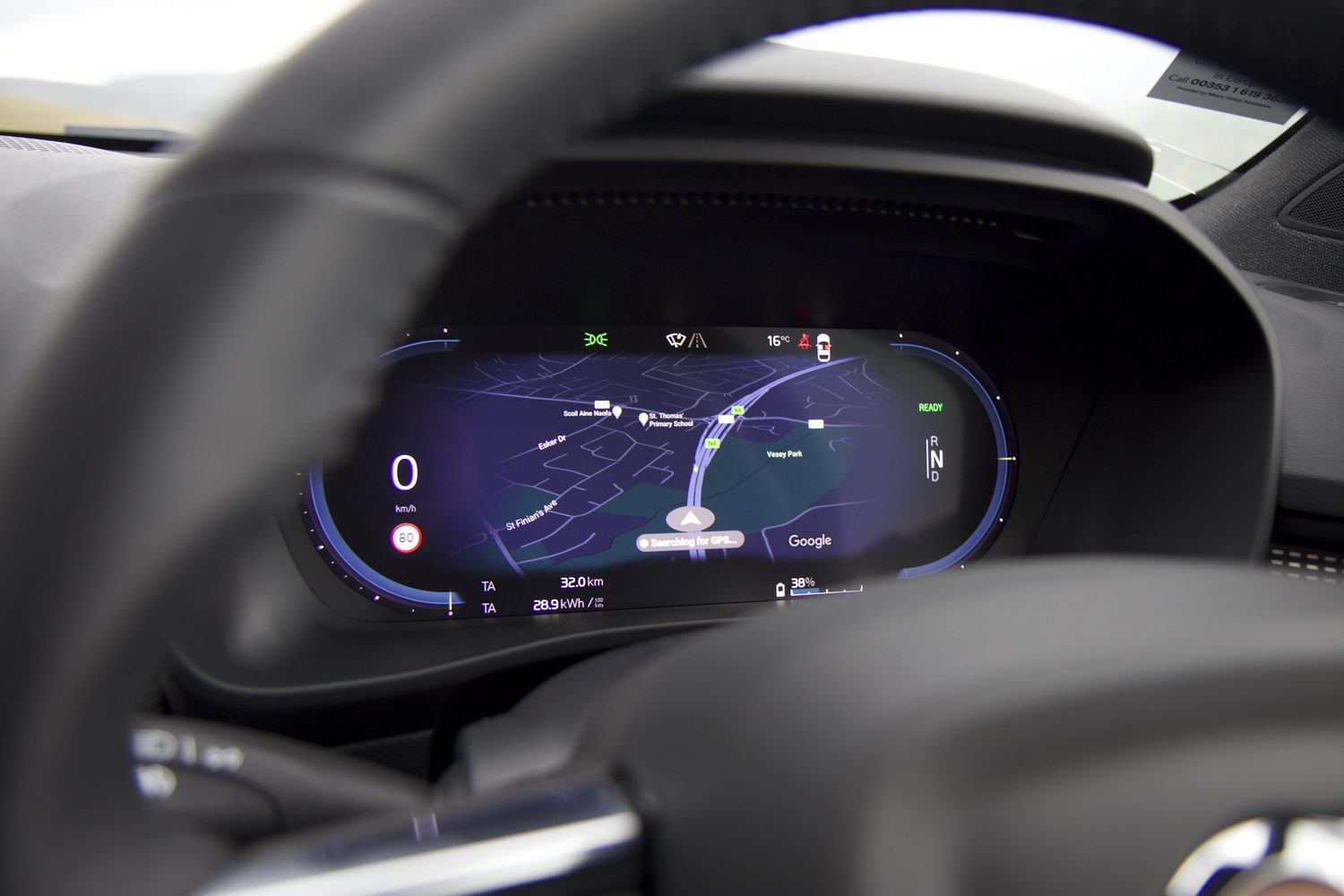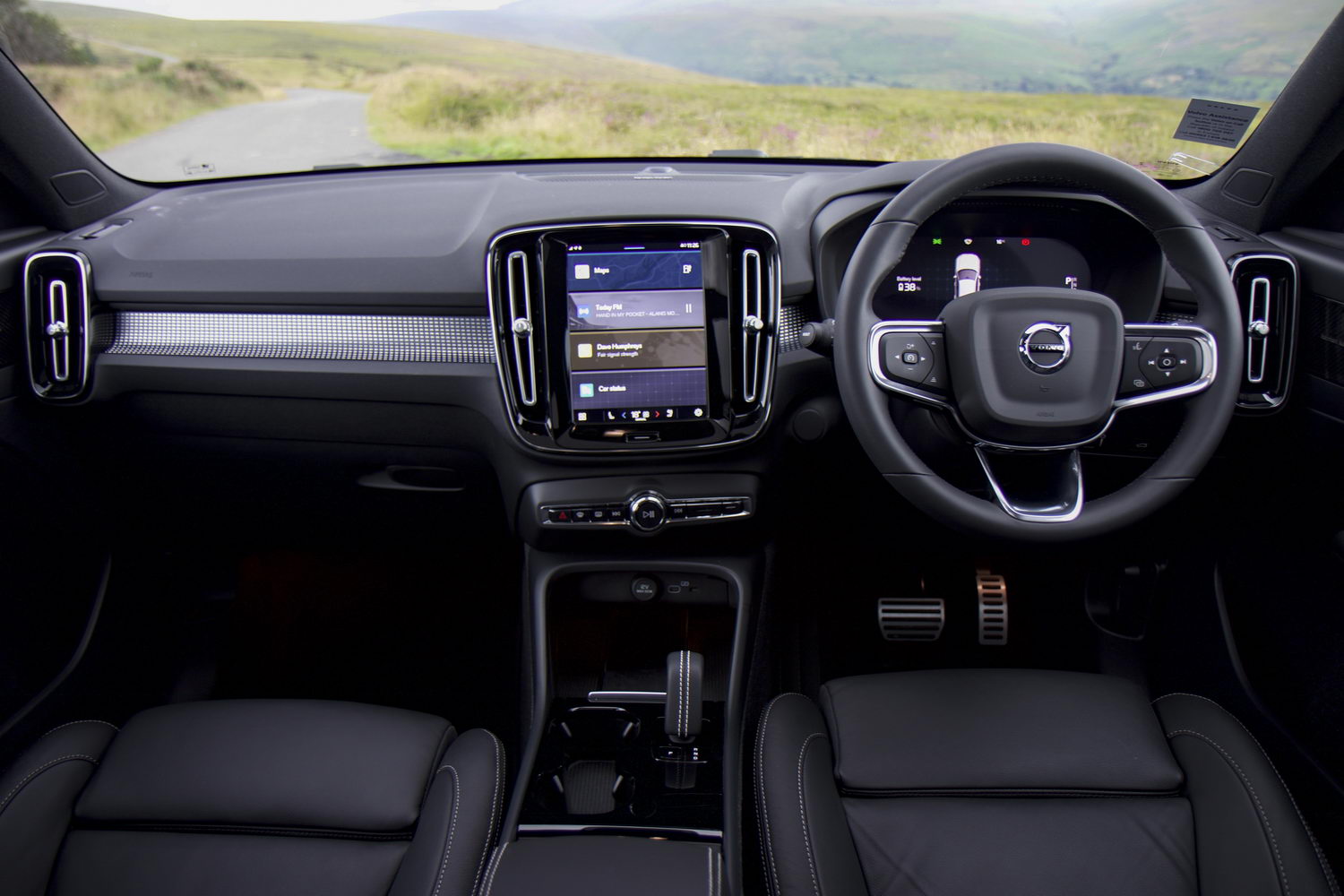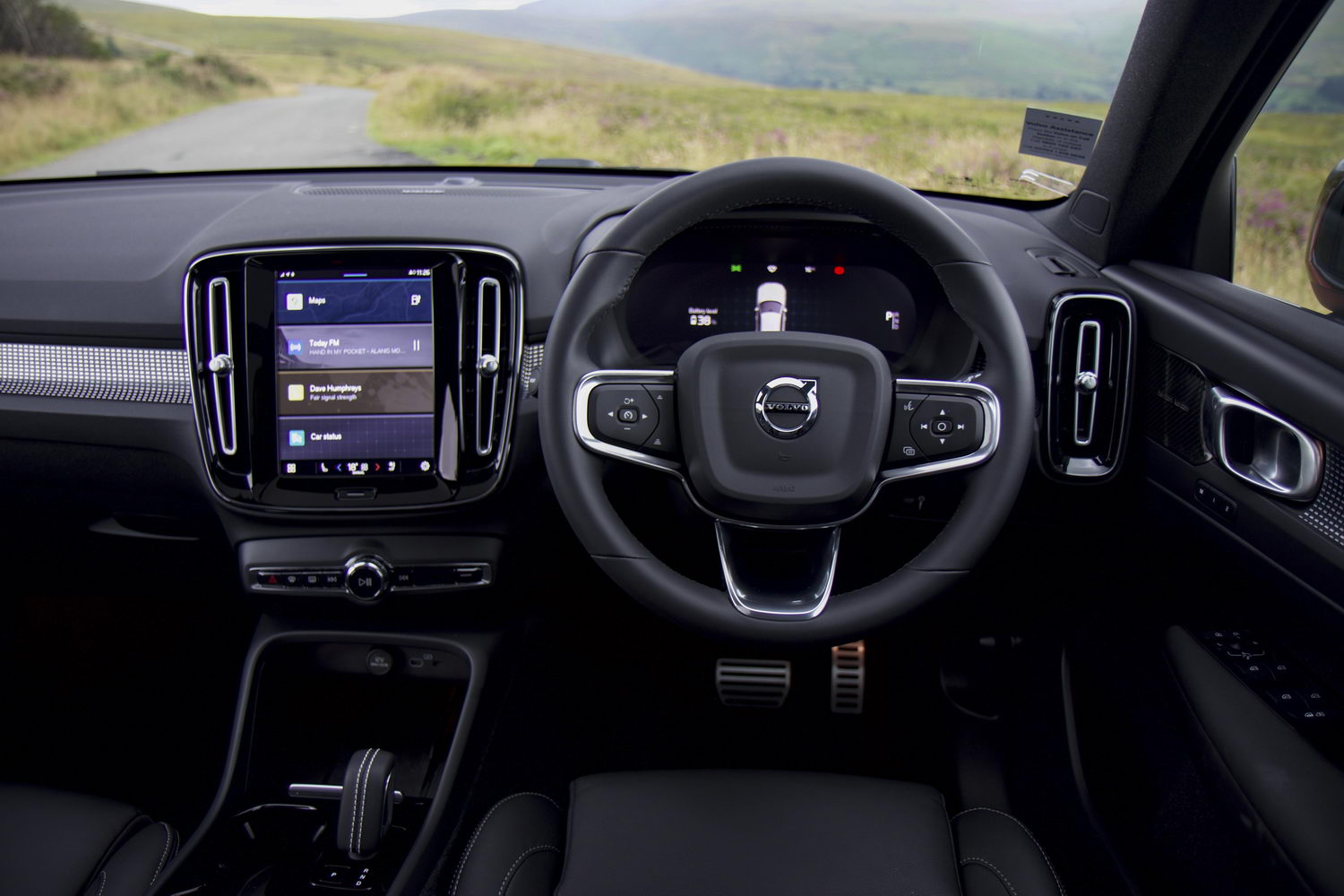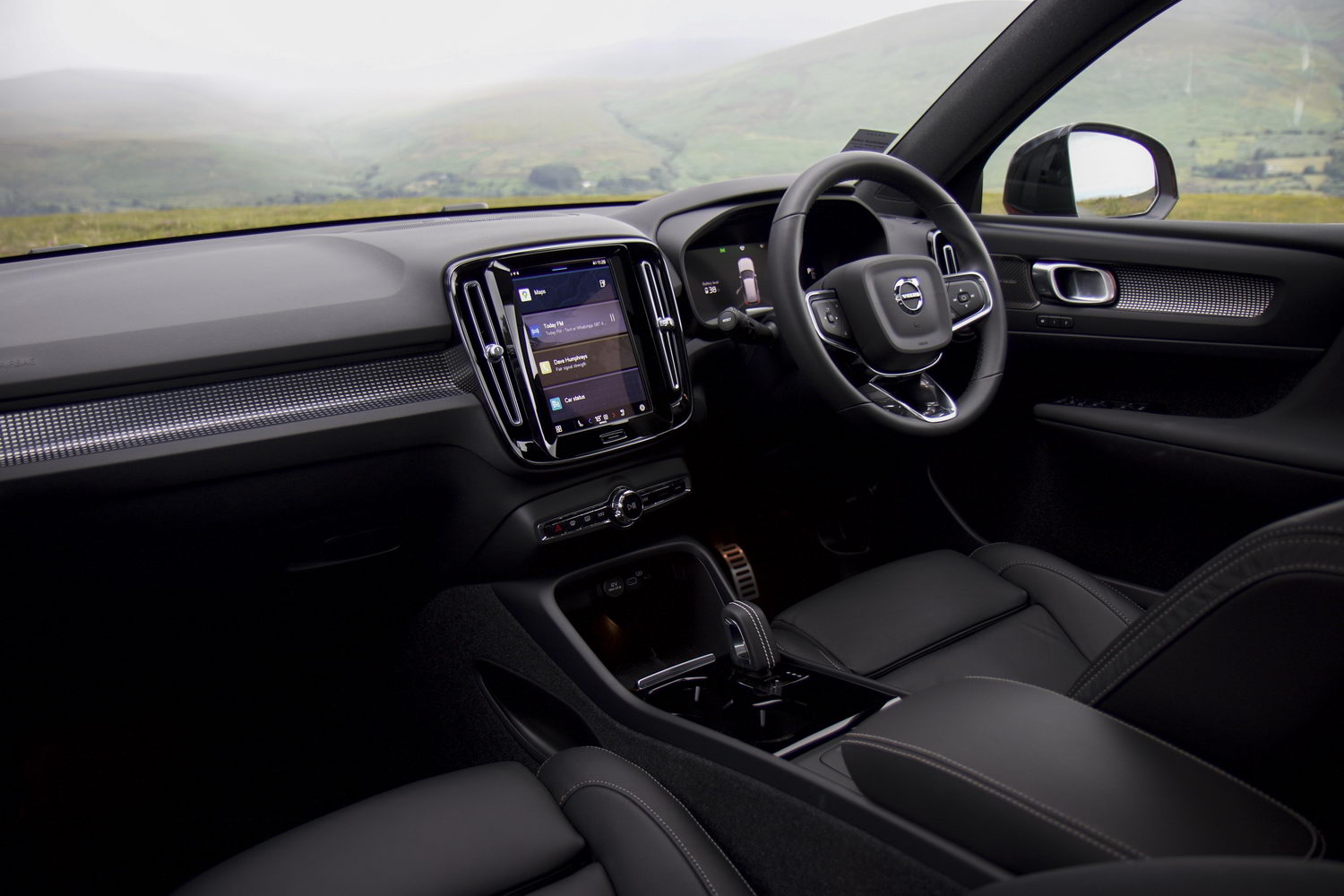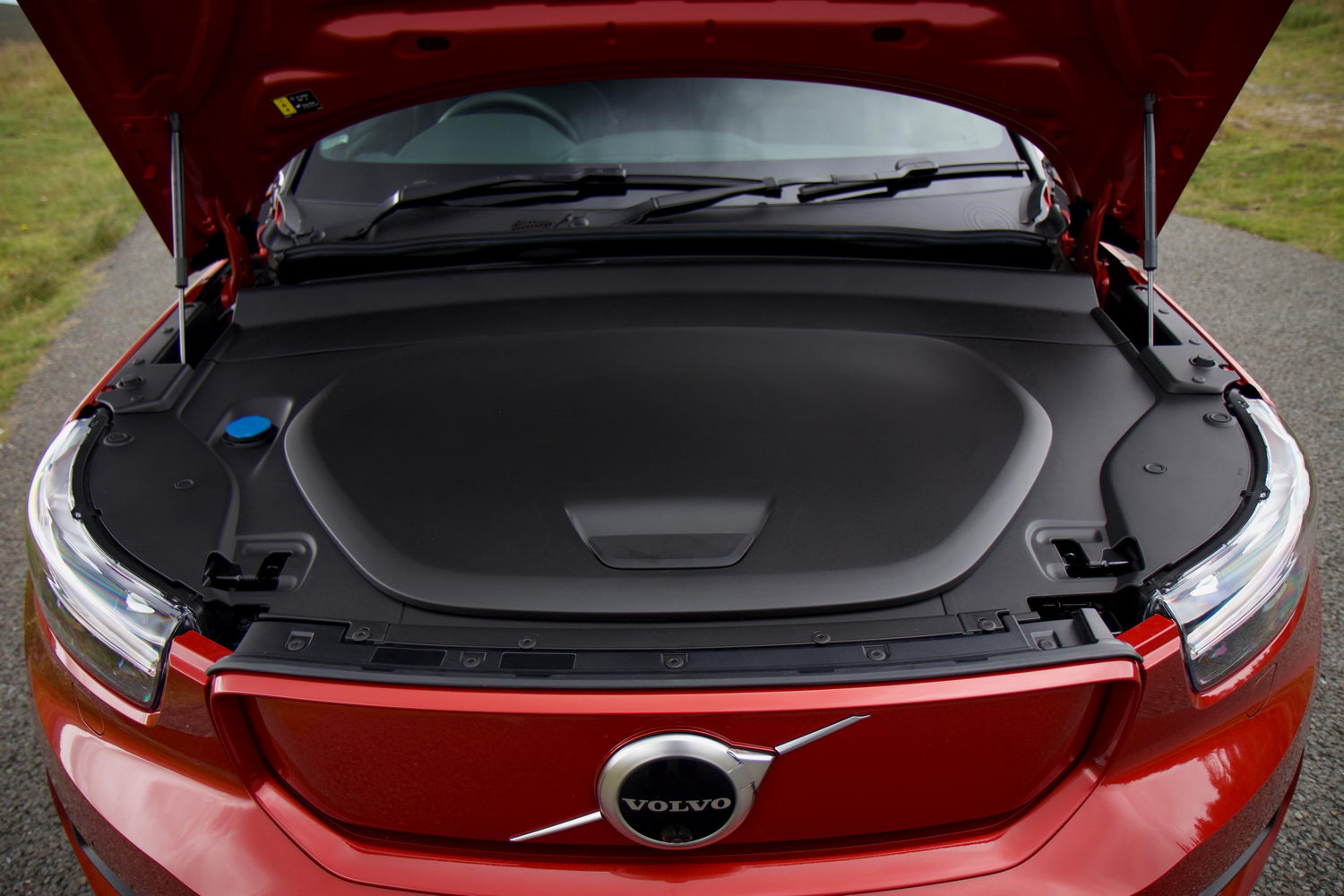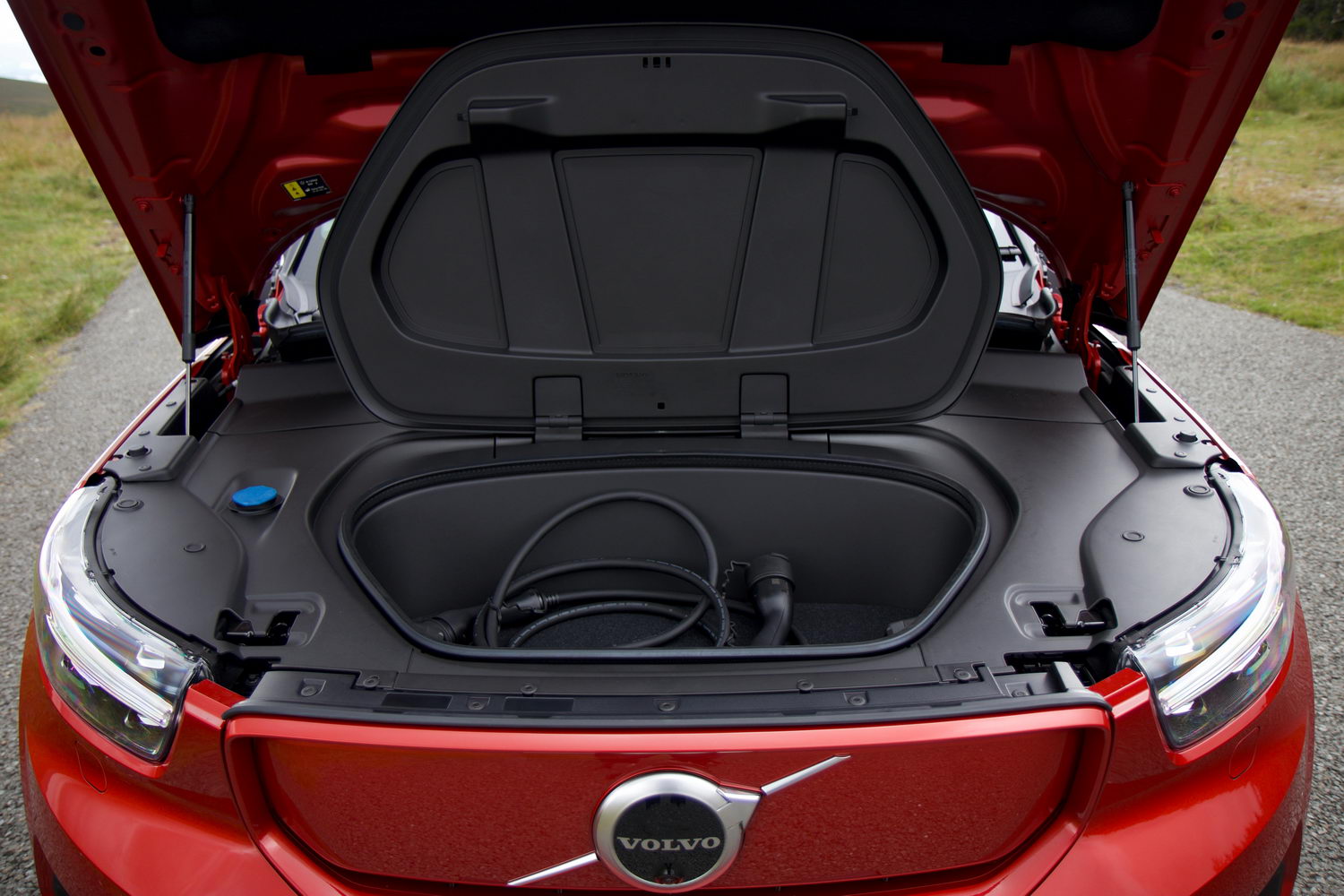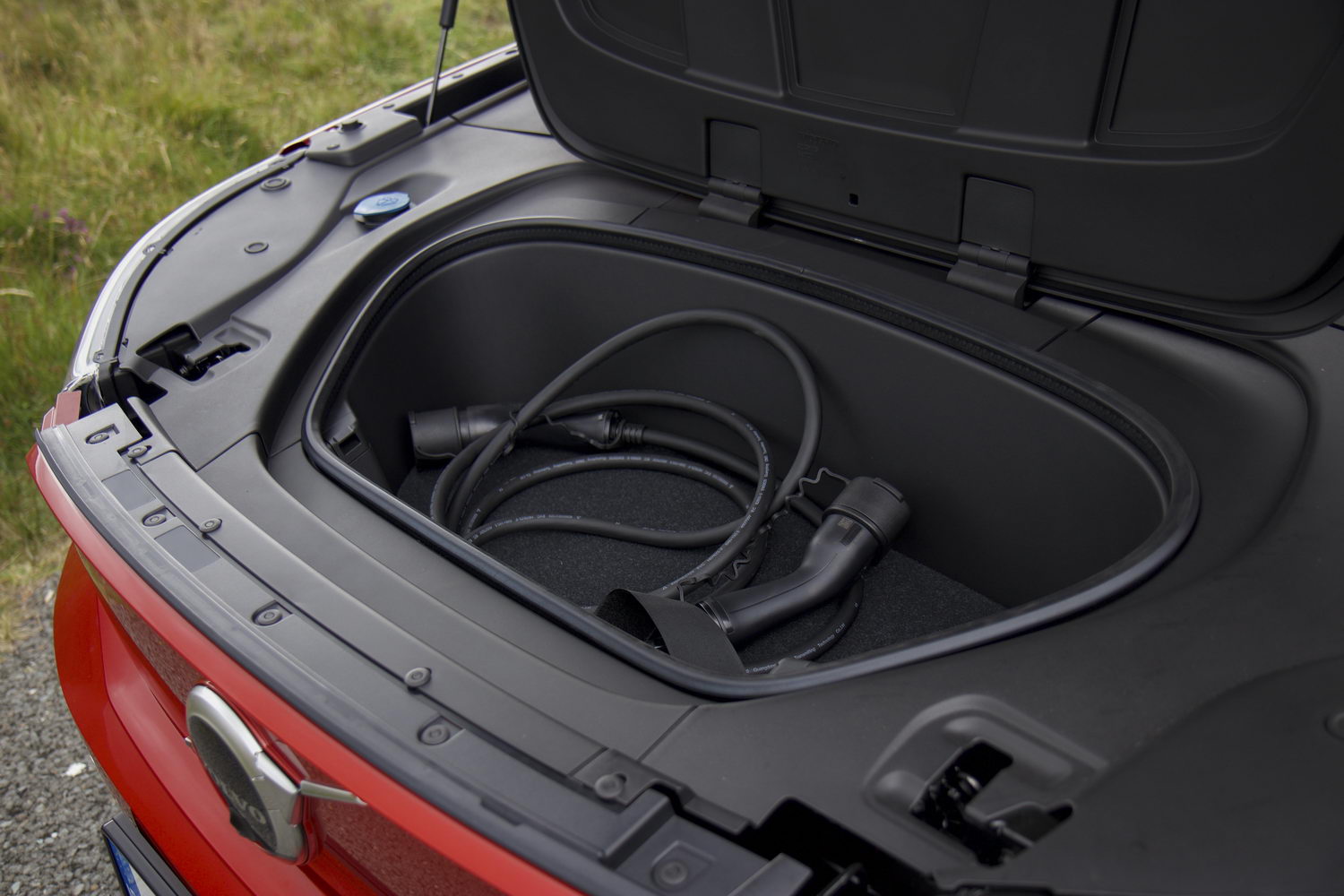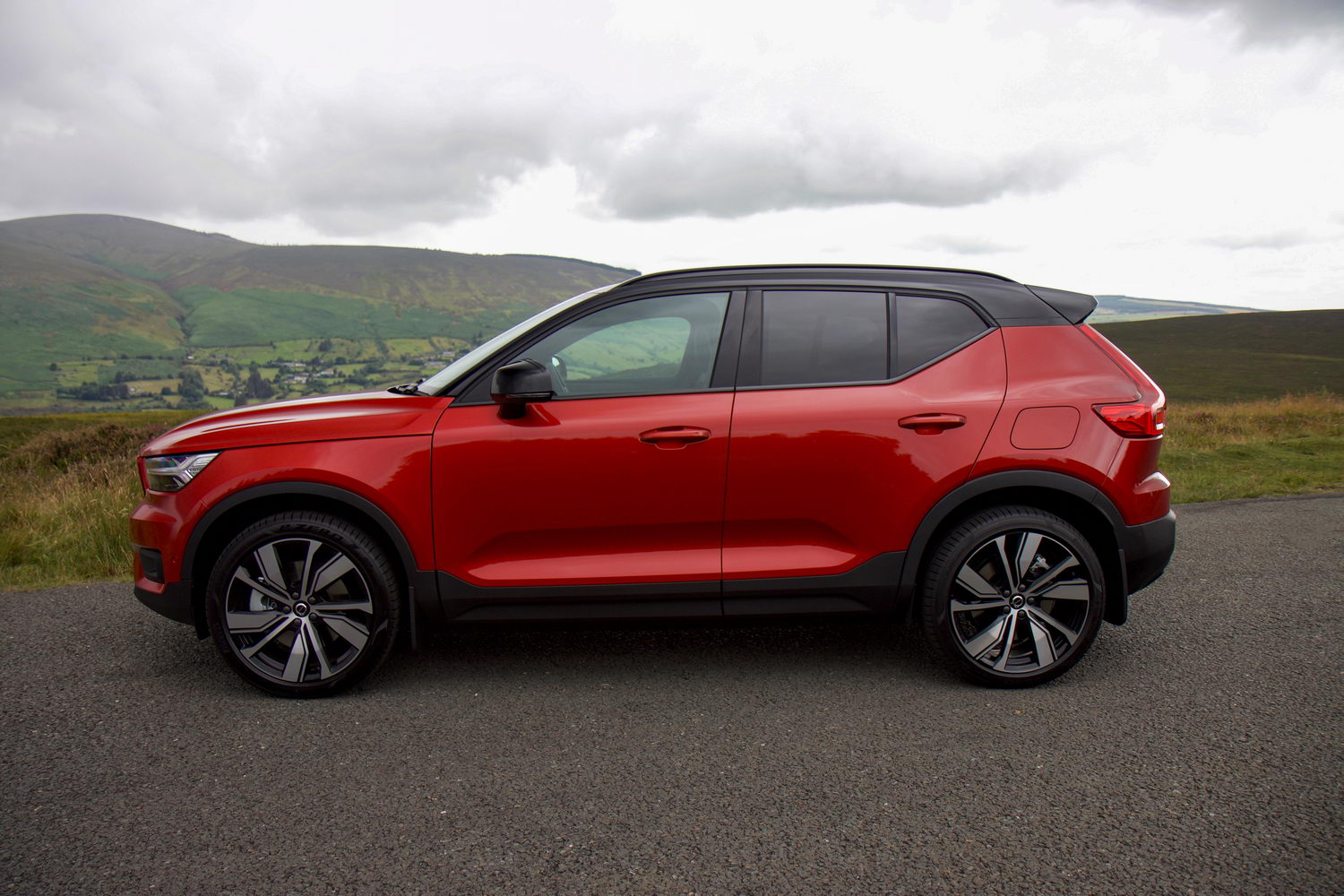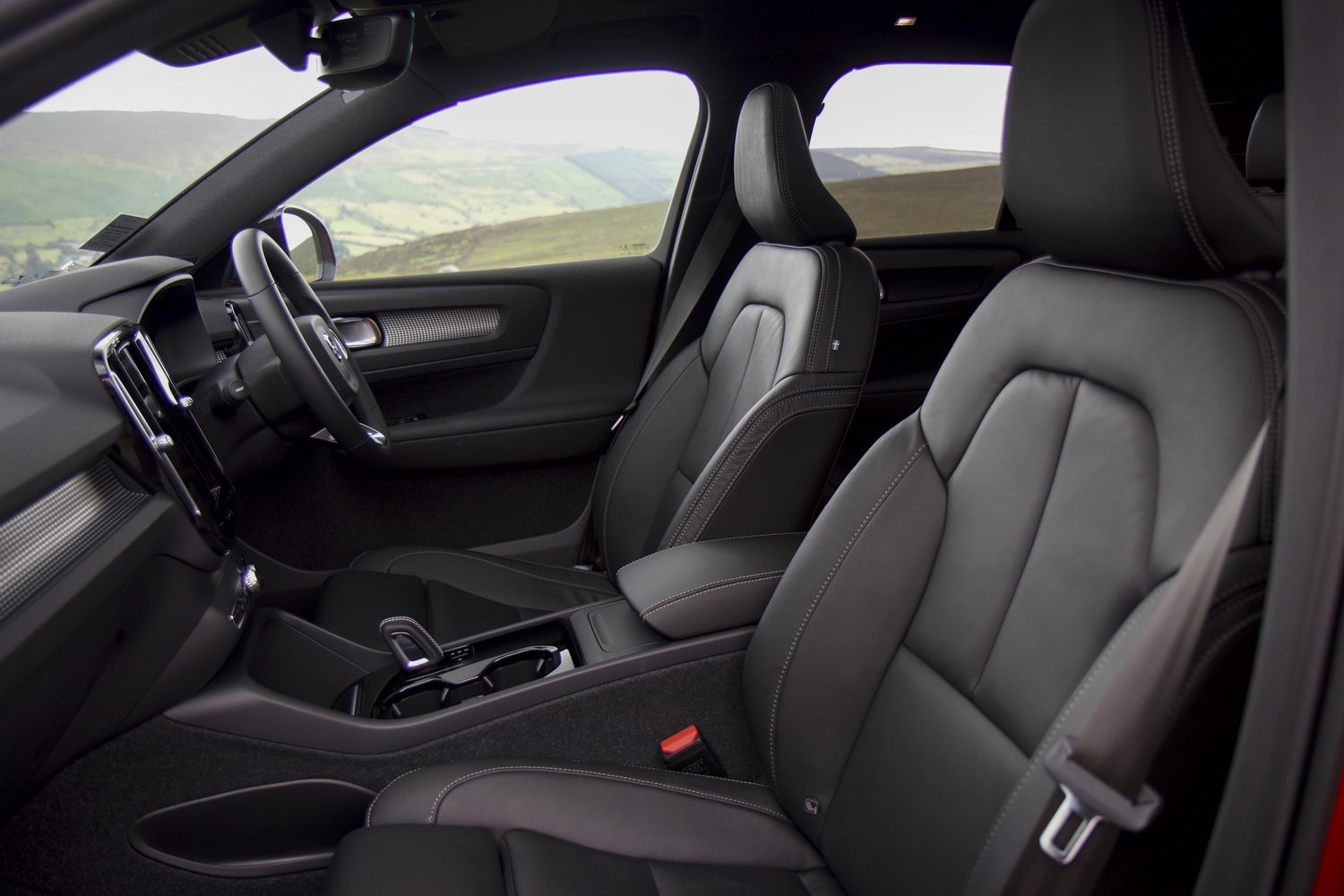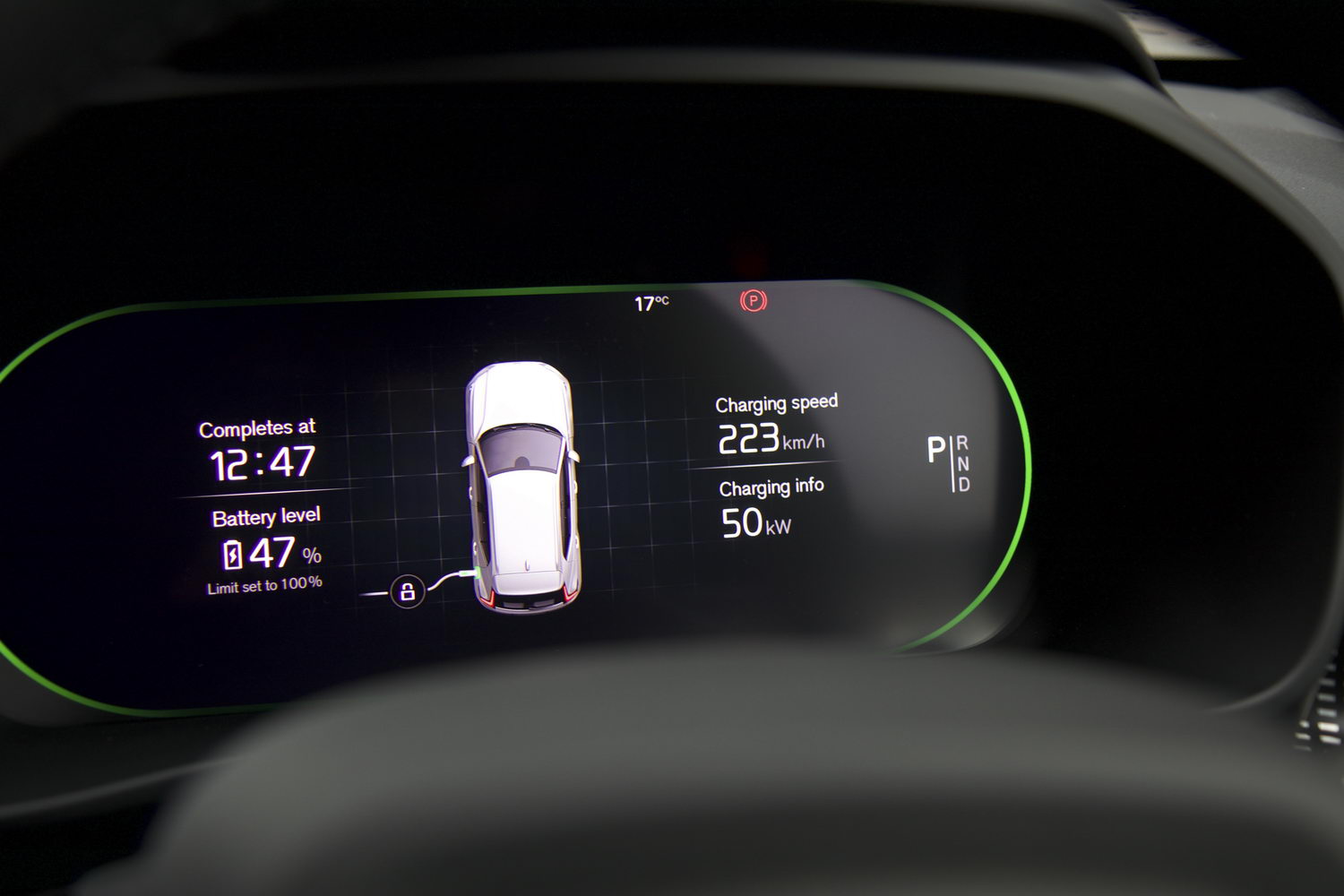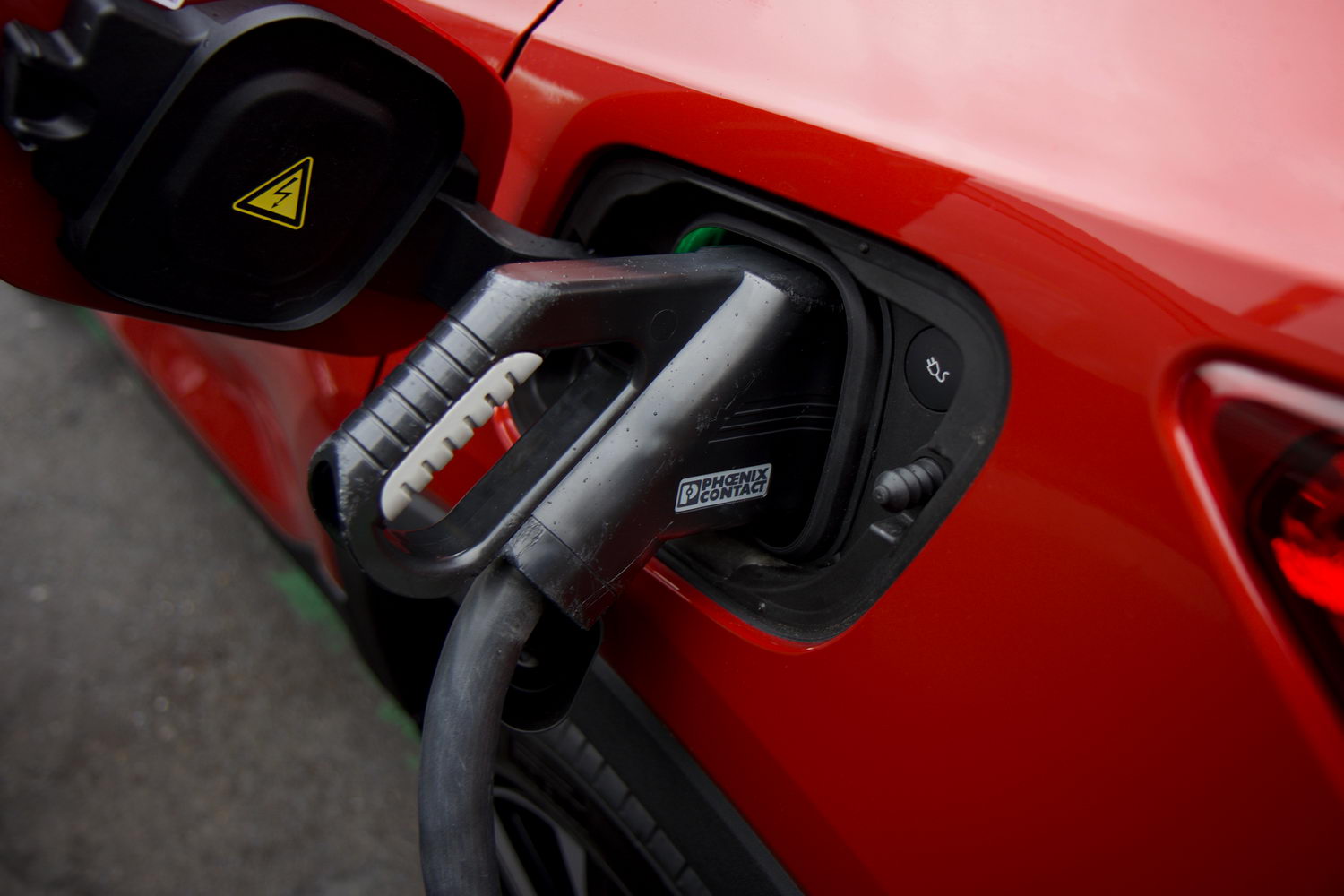Volvo XC40 Recharge Twin overview
I presume that we're all familiar by now with the Volvo XC40? It's a premium, compact SUV with delightful Lego-block styling, a high-quality cabin and decent driving dynamics. Oh, and of course the usual Volvo built-ins of exceptional safety and an impressive big-screen infotainment system.
Right, take all of that and now imagine it without petrol or diesel power. Or even plug-in hybrid power, as has been offered in the XC40 range since last year. Volvo has at last put its first all-electric car on sale in Ireland, and it's an electric version of the XC40, badged as the Recharge Twin.
Slightly confusingly, Volvo uses the Recharge badge for both its all-electric and its plug-in hybrid models, which may lead to a showroom upset or two, but this is the top-spec version, with the biggest 78kWh battery, and two immensely powerful electric motors. Those motors are fitted one to each axle, front and rear, and their combined power of 408hp makes this an unexpectedly high-performance Volvo. And one with an unexpectedly chunky price tag, too.
The Volvo XC40 model range
The electrified Volvo XC40 range kicks off with the Recharge plug-in hybrid version, in Inscription Expression form, priced from €49,995. That comes with the T4 plug-in hybrid powertrain, based around the 1.5-litre three-cylinder turbocharged petrol engine. Its vital stats include a 45km electric-only range, 47g/km CO2 emissions and a combined maximum power of 211hp. You can boost your equipment from basic Inscription Expression to Inscription, for €3,163, or go to the top of the Inscription tree for an extra €5,612 and the Inscription Pro model.
Standard equipment for the base Inscription Expression model includes dual-zone climate control, a 12-inch digital dashboard, cruise control, built-in navigation, rear parking assistance, lane-keeping steering, road sign recognition, 18-inch alloy wheels and a seven-speed dual-clutch automatic gearbox.
For €52,272 you can upgrade your XC40 - with the same T4 plug-in hybrid powertrain - to a sportier-looking R-Design model. Equipment levels are essentially the same as per the Inscription models, but with a sporty R-Design body kit, 19-inch alloy wheels, Nappa leather upholstery and a high-performance audio system. You can further upgrade to an R-Design Pro for an extra €2,458.
The fully electric XC40 Recharge range kicks off at an expensive €64,314 for the 'P8' Twin Plus model, although there is a more affordable single-motor version, referred to as the 'P6', due to arrive any day soon, with a starting price of €50,508. That cheaper one qualifies for the SEAI's €5,000 grant to reduce the cost, but the pricier version doesn't.
A basic Twin Plus comes with a heat pump cabin heating system (which is more efficient than a traditional heater), two-zone climate, a 12-inch digital instrument panel, full LED headlights, the comfort-oriented 'Touring' chassis, park assist at the front and rear, with a reversing camera, 19-inch alloys, high-gloss black exterior trim, keyless entry and ignition and Volvo's new Google-based infotainment system, which we'll cover fully in the next section.
You can upgrade all of that to our Pro spec test car for €3,944, which includes adaptive cruise control, blind-spot monitoring, a 360-degree camera system, 20-inch alloys, a body-coloured grille, a panoramic glass roof, a Harmon-Kardon premium sound system and wireless smartphone integration.
If you want a cheaper Volvo XC40, you can still buy a petrol mild-hybrid T2 version - with a 129hp engine and 159g/km emissions - in the most basic Momentum spec for €41,250, or on a PCP plan with monthly repayments from €380.
For the Recharge Twin, Volvo is currently offering a lease for a €689 per month cost, which includes a servicing plan and a €500 insurance contribution. Check out the Volvo Cars Ireland website for the most up-to-date offers.
The Volvo XC40 Recharge interior
The standard XC40's interior is one of the car's strongest points and that has not changed for this all-electric version. Overall quality levels are very high (you'll find some cheaper plastics if you go poking around the lower levels, but they're not intrusively unpleasant) and, while the architecture and the styling might be looking a little old now, it all works well and still looks attractive.
Volvo's effort at a 12-inch digital instrument panel is also better than most rivals'. It's not as high on customisation as some others, but the graphics are very crisp and clear, everything is laid out well and the navigation panel is useful.
In the centre of the dash lies the familiar ten-inch touchscreen for the infotainment system. In use by Volvo since the 2014 XC90, you'll be expecting us to say that the 'Sensus' operating system is ageing, but still good.
But it's not. Because this is not the Sensus system, but a new infotainment setup, created by Google's Android division. Now, this is good and bad, and how good and how bad may depend slightly on your point of view. It's good because, once you've logged in with your Google profile, you can easily access your Google Map searches and saved locations, and it's a doddle to call them up on the screen. The graphics look good, and aside from the fiddly nature of logging in and setting up for the first time (it took a few goes for it to actually work for us) it all works well.
However, it is a little short on features at times, with minimal customisation options, and only a few add-ons, such as built-in Spotify streaming (which means yet more logging in...). That lack of features may be a temporary thing, to be rectified by later over-the-air software updates, or it may be a deliberate safety choice on Volvo's part, as fewer buttons on the screen means less distraction. We shall see.
The other concern is that, by logging in to use the system, you are effectively giving Google constant access to your whereabouts when driving. In fairness, if you have a phone in your pocket, you're already doing that but there is a certain level where signing in gives you a little pause...
The rest of the cabin is broadly very good. There's plenty of legroom and headroom whether you're sitting in the front or back, and given that this is a Volvo, comfort levels are excellent. If you're plugging in phones or devices, there's one USB-C port in the front, plus a 12-volt socket and the wireless phone charger. There are more sockets under the armrest. In the back, there's a single USB-C port and another 12-volt socket. The rear seat passengers also get their own air vents.
The boot is a little truncated, compared to a 'regular' XC40, measuring 414 litres under the luggage cover. That's adequate, but nothing special - especially compared to roomier and much more affordable rivals from the Volkswagen Group. You can expand that to 1,290 litres by folding the rear seats, which helpfully do fold entirely flat. There's an extra 31 litres of space under the bonnet in the 'frunk', which is useful for stashing charging cables or small bags.
The outer rear seats and front passenger seat all have ISOFIX points, and there's a passenger airbag cut-off switch, too.
The Volvo XC40 Recharge driving experience
The first thing that you notice is how fast the XC40 Recharge Twin is. With a 0-100km/h time of 4.9 seconds, it's rapid enough to put a BMW M2 driver under pressure, and all of that delivered with rib-crushing suddenness and a soft, distant whine from the electric motors. By any standards, it's massively quick, but for a compact Volvo crossover it's verging on the daft - even if the XC40 conforms to Volvo's new corporate policy of limiting all of its vehicles to a maximum 180km/h.
The XC40 Recharge's combo of a low centre of gravity, but a chunky 2,158kg kerb weight, brings with it benefits and compromises. Obviously, with that much weight, you need to carefully judge your braking points. The XC40 Recharge has adjustable regenerative braking, but it's slightly awkward. There's only an 'on' or 'off' setting, and it's only adjustable via a slightly complex menu on the main touchscreen. Using paddles behind the wheel would have been a much simpler, more useful option, especially because the 'on' mode is overly aggressive, and we spent most of the time with it turned off and using the foot brake.
The XC40 corners well, and stays mostly flat when doing so, as befits the this version's sporting brief, but you'll have to look elsewhere if you want pin-sharp steering feel and feedback. However, it does feel incredibly sure-footed and secure even in the worst weather conditions. A series of sudden downpours during our test of the car triggered some spot flooding, and the XC40's combo of all-wheel drive and a lack of air intake and exhaust meant that dealing with such standing water was a doddle.
The downside to the XC40's straight-line muscle is that its one-charge range is not that great - a maximum 418km from a 78kWh battery is nothing too spectacular, so you are having to make a major compromise on range to get that performance. In Irish driving conditions, you'd have to question the usefulness of that compromise. Even driven gently it's difficult to hit the XC40's official electrical consumption figure, and we regularly saw worse that 30kWh/100km indicated on the dashboard. It will charge quickly, though - assuming you can find a rapid enough DC charger, the XC40 can take in a charge at speeds of up to 150kW, which will give you an 80 per cent top up in just 40 minutes.
In summary, the XC40 Recharge is hugely pleasant to drive, but we'd love to have it with a bit more range and acceleration that's a bit less ferocious.
Alternatives to the Volvo XC40 Recharge
Oddly, the XC40 Recharge was originally benchmarked against the Tesla Model 3. We say oddly because, obviously, the Model 3 is a low-slung saloon, not an SUV, but it was more the 3's battery that Volvo was benchmarking, wanting to make sure that the XC40 would have similar overall range to the Californian car's.
Sadly, that hasn't quite been pulled off - even the most basic €48,990 Tesla Model 3 has a 448km range and, at 5.6 seconds to 100km/h, is only a little slower. The Model 3 Performance, which is priced similarly to the XC40 Recharge Twin, beats it to 100km/h (in just 3.3 seconds) and has a 567km range... To be fair, the XC40's quality, fit and finish are at a much higher level than those of the Tesla.
Meanwhile, there's competition from more affordable models. The Volkswagen Group triumvirate of Volkswagen ID.4, Skoda Enyaq and Audi Q4 e-tron can all offer much greater range than the Volvo - over 500km in all cases with the top-spec 77kWh battery - and even well-specified versions of the most expensive Audi come up cheaper than the XC40.
Of course, the most direct rival is really the Polestar 2, which takes all of the same basic mechanical and electric package and wraps it in a lower, sleeker, arguably even more appealing body with an interior that's also slightly more up to date. The dual-motor version of the Polestar can also stretch to a 482km range on one charge, and there is a longer-ranged single-motor version too. The catch? Polestar is not officially represented in Ireland as yet, although there is always the private import route.
If you want something with as much exterior style as the XC40, but with a much more affordable price, your best bet is the Kia e-Soul, which can cover 450km on a charge and looks funky, all for a €38,000 price tag.
Our verdict on the Volvo XC40 Recharge Twin
Given the price and range disparities between the XC40 Recharge Twin and its chief competitors, it's just as well that it's such a charming, likeable car. Leave aside the handsomely chunky looks for a moment, and instead concentrate on the exceptionally well-crafted interior, the storming performance of that all-wheel-drive setup and the pervading sense of quality. The Google infotainment system is as much miss as it is hit, and the one-charge range is unquestionably disappointing, but the XC40 Recharge Twin is a sign of good electric things to come from Volvo.
What do the rest of the team think?
As Neil said, there's a huge amount to like about the XC40 Recharge Twin (the name isn't one of them): it looks great, it has a good interior and it has ferocious performance, backed up by all-wheel-drive traction. However, as entertaining as the straight-line acceleration is, it's of little use to most SUV buyers. And while it might pique the interest of a few making the transition to electric power for the first time, this car's poor efficiency - resulting in a mediocre range between charges - is as likely to put them off. That's if they don't baulk at the price. The newer single-motor version makes a lot more sense to a lot more buyers.
Shane O' Donoghue - Editor

